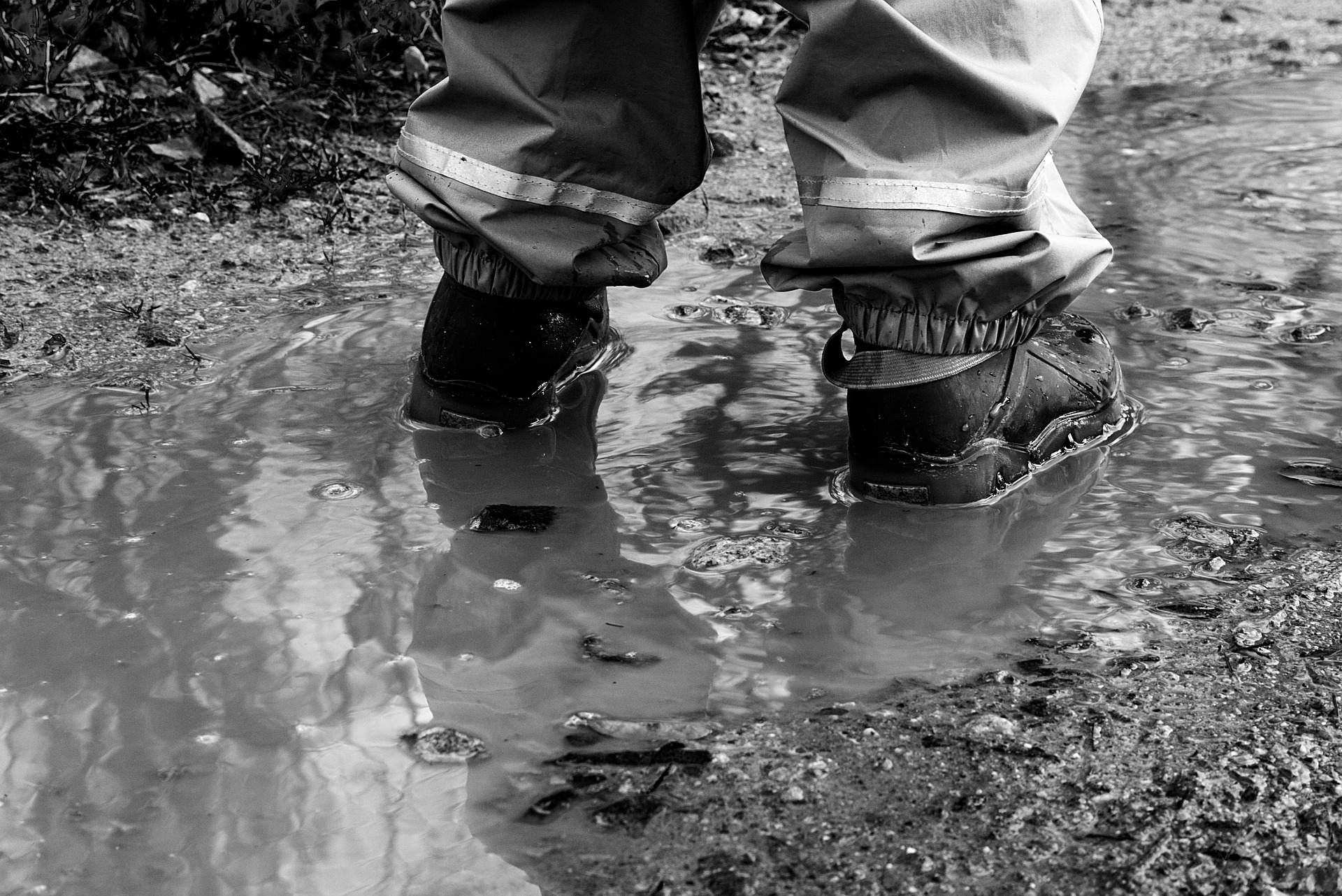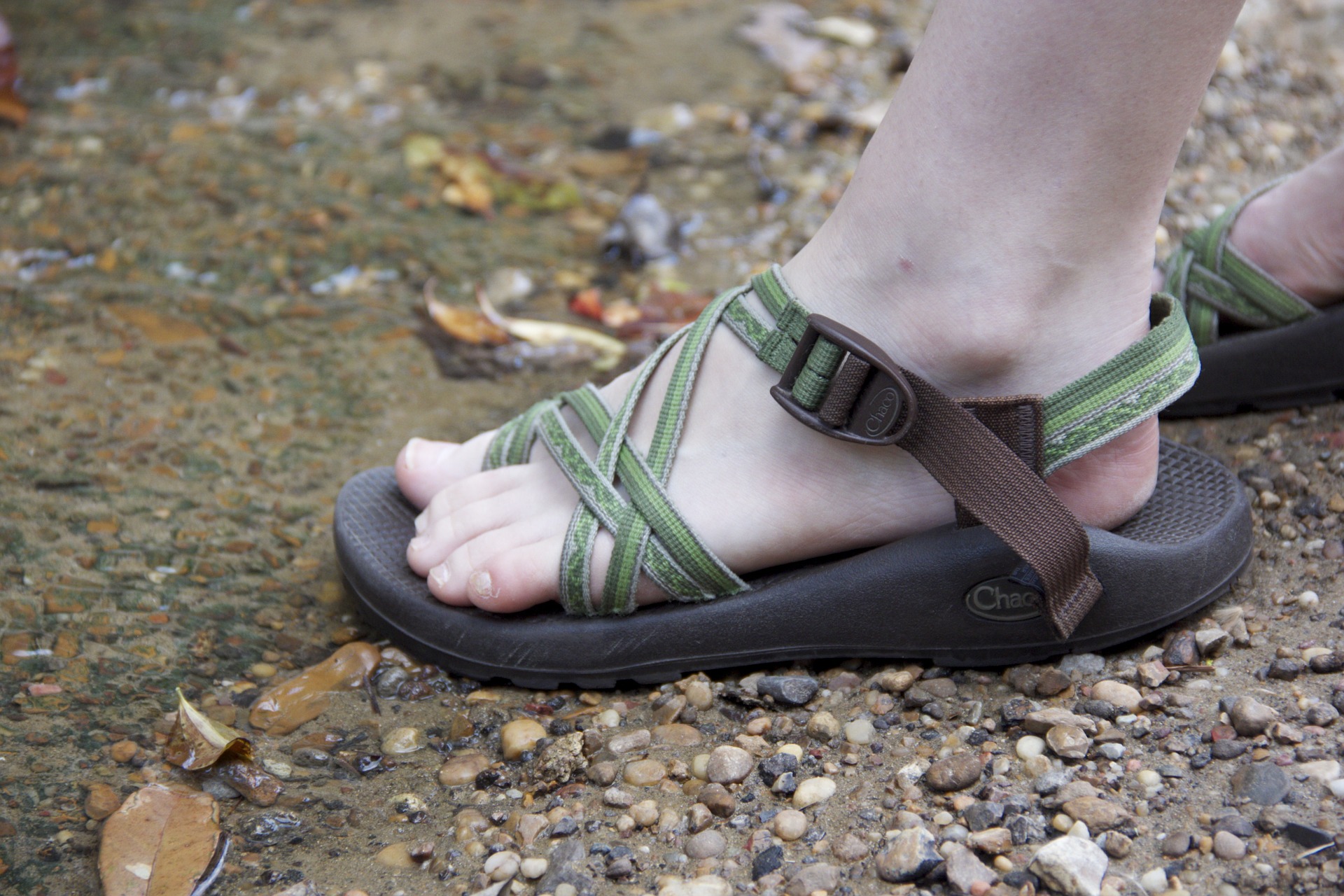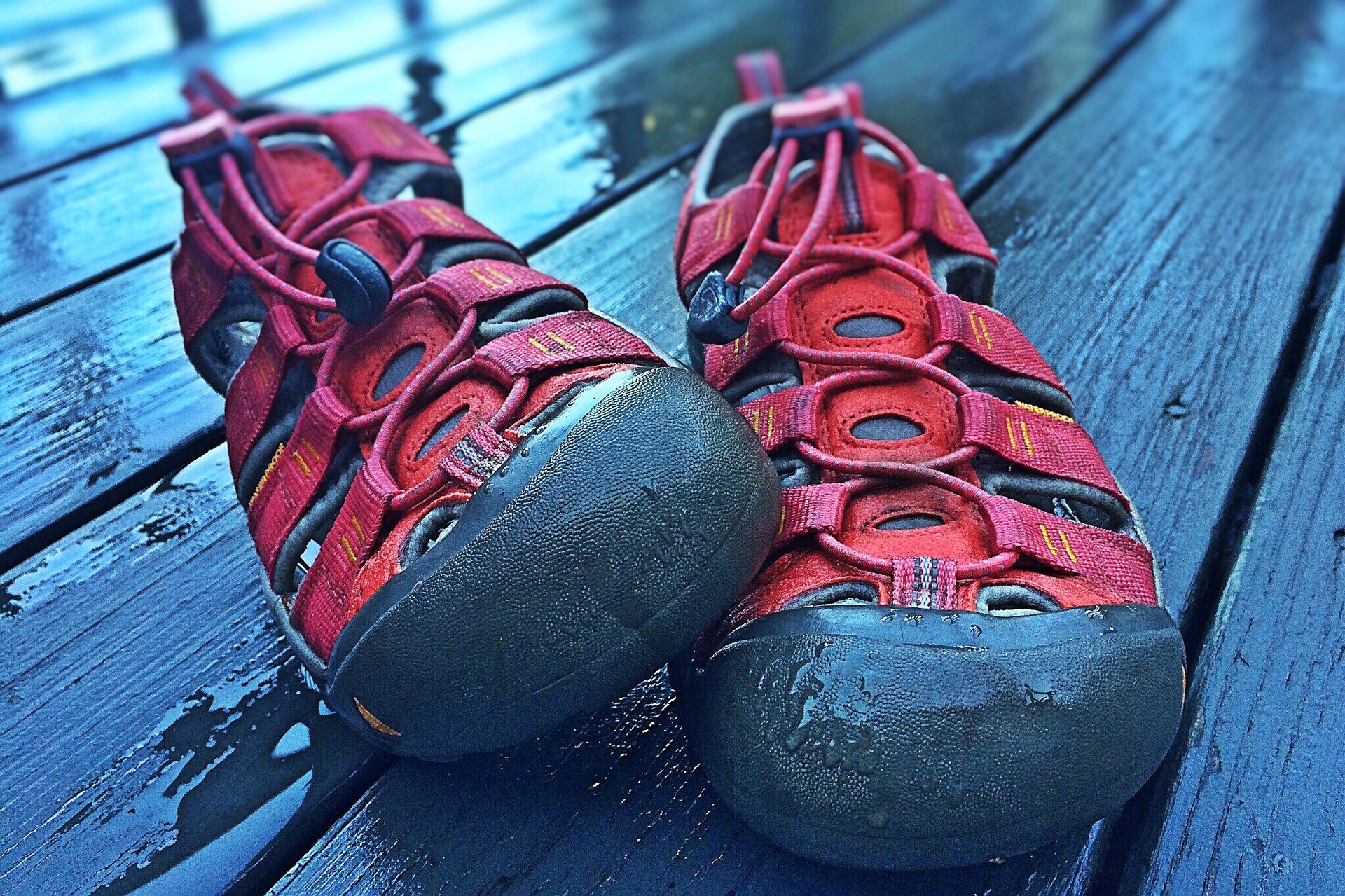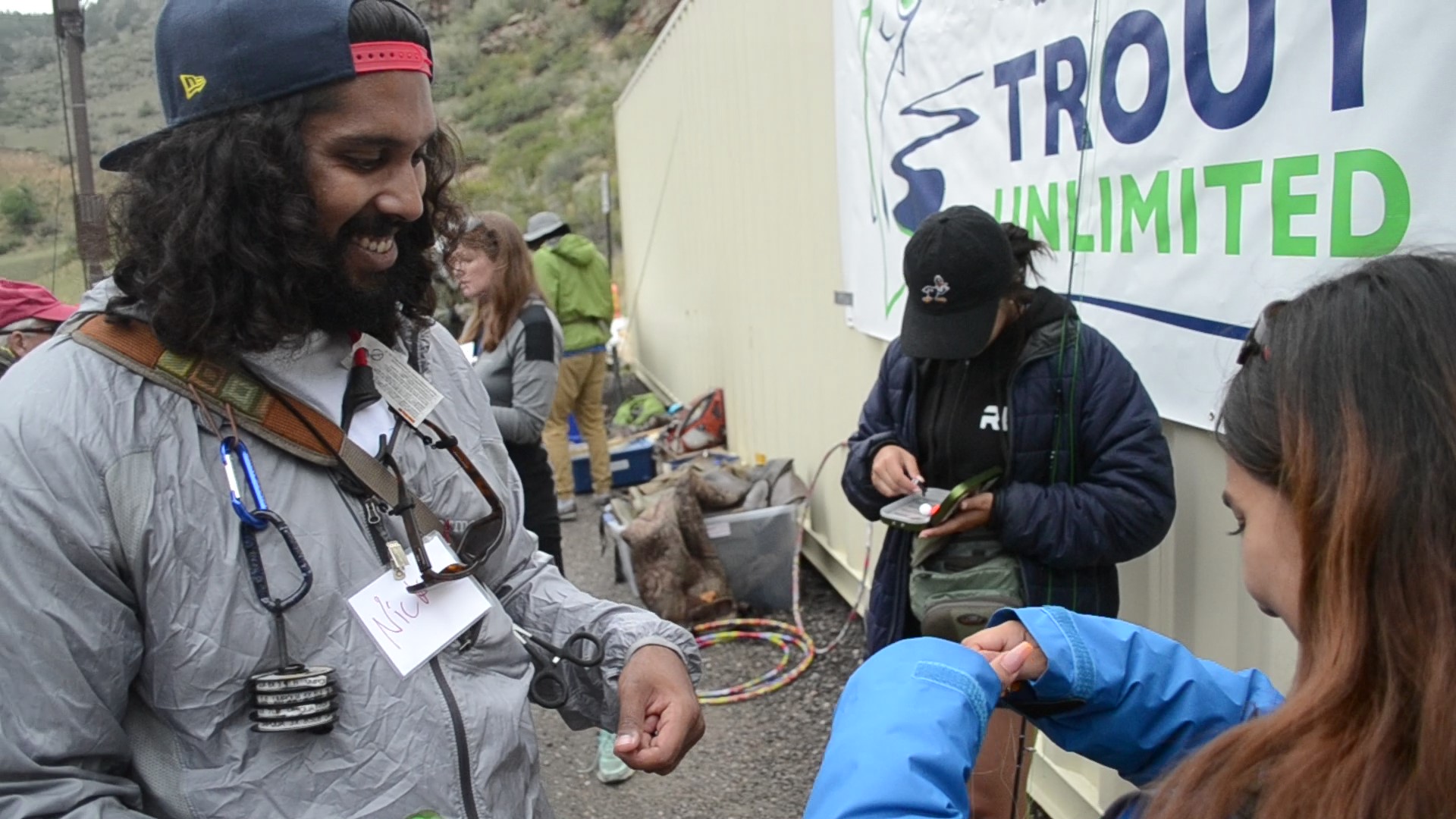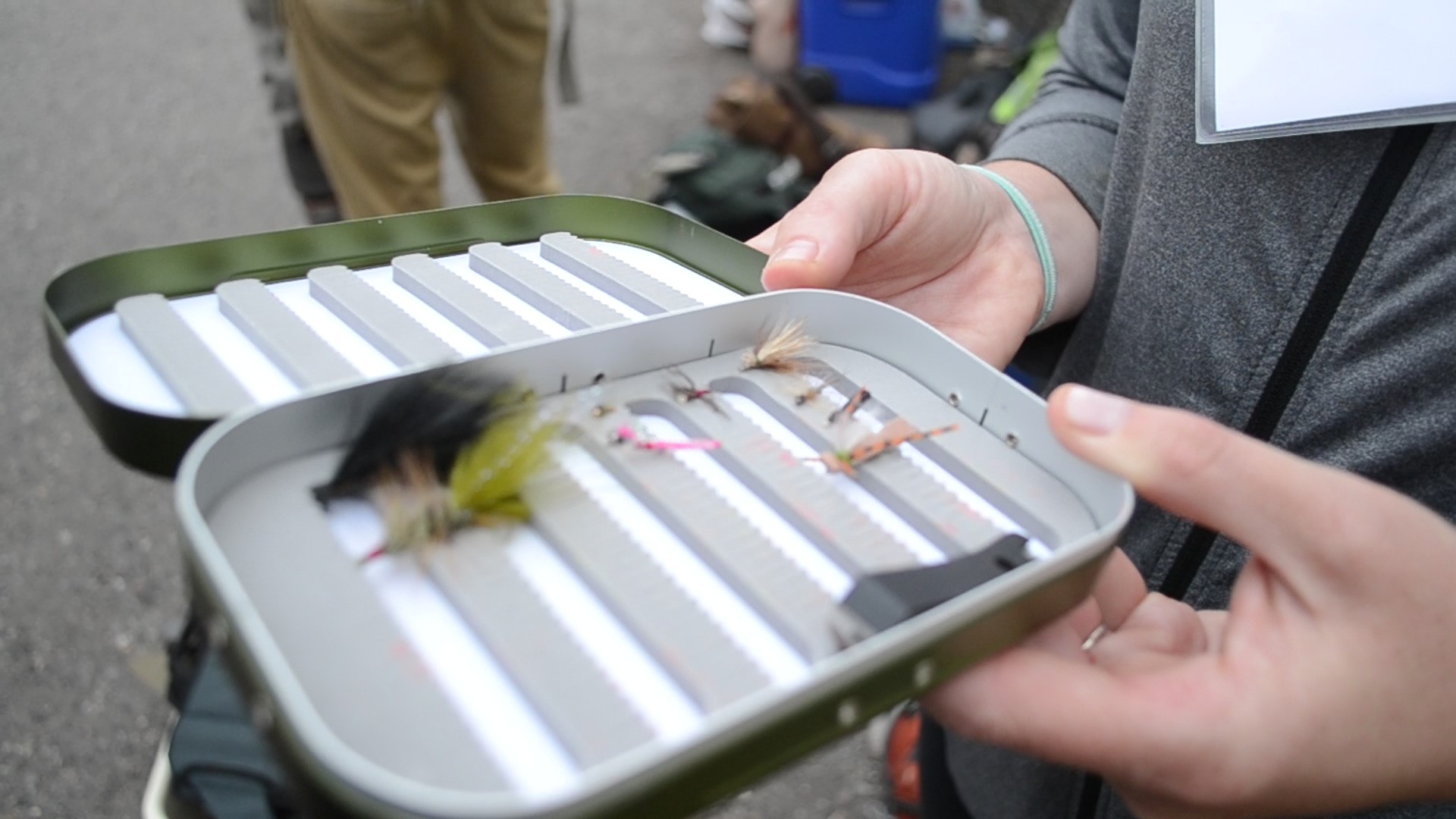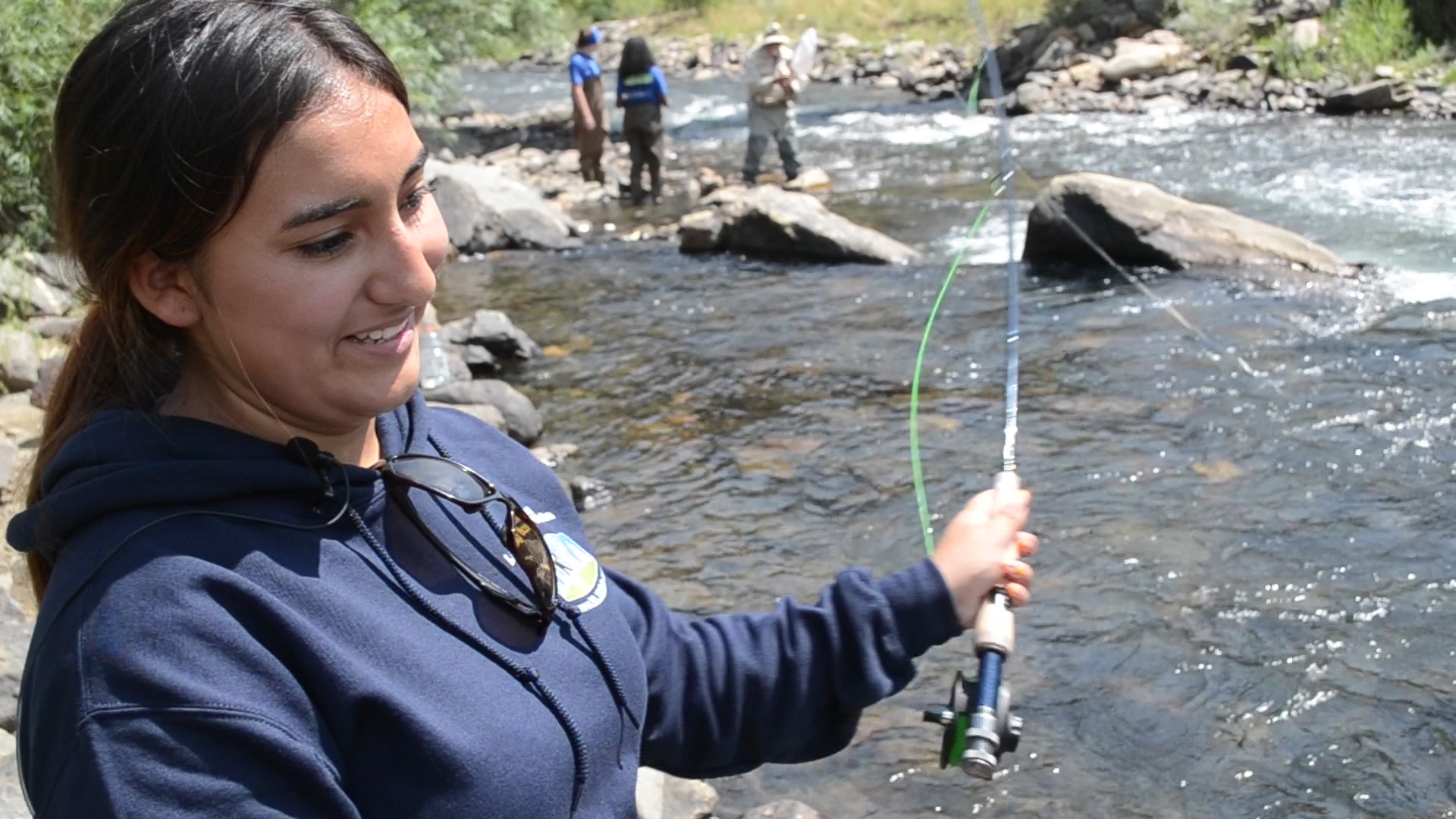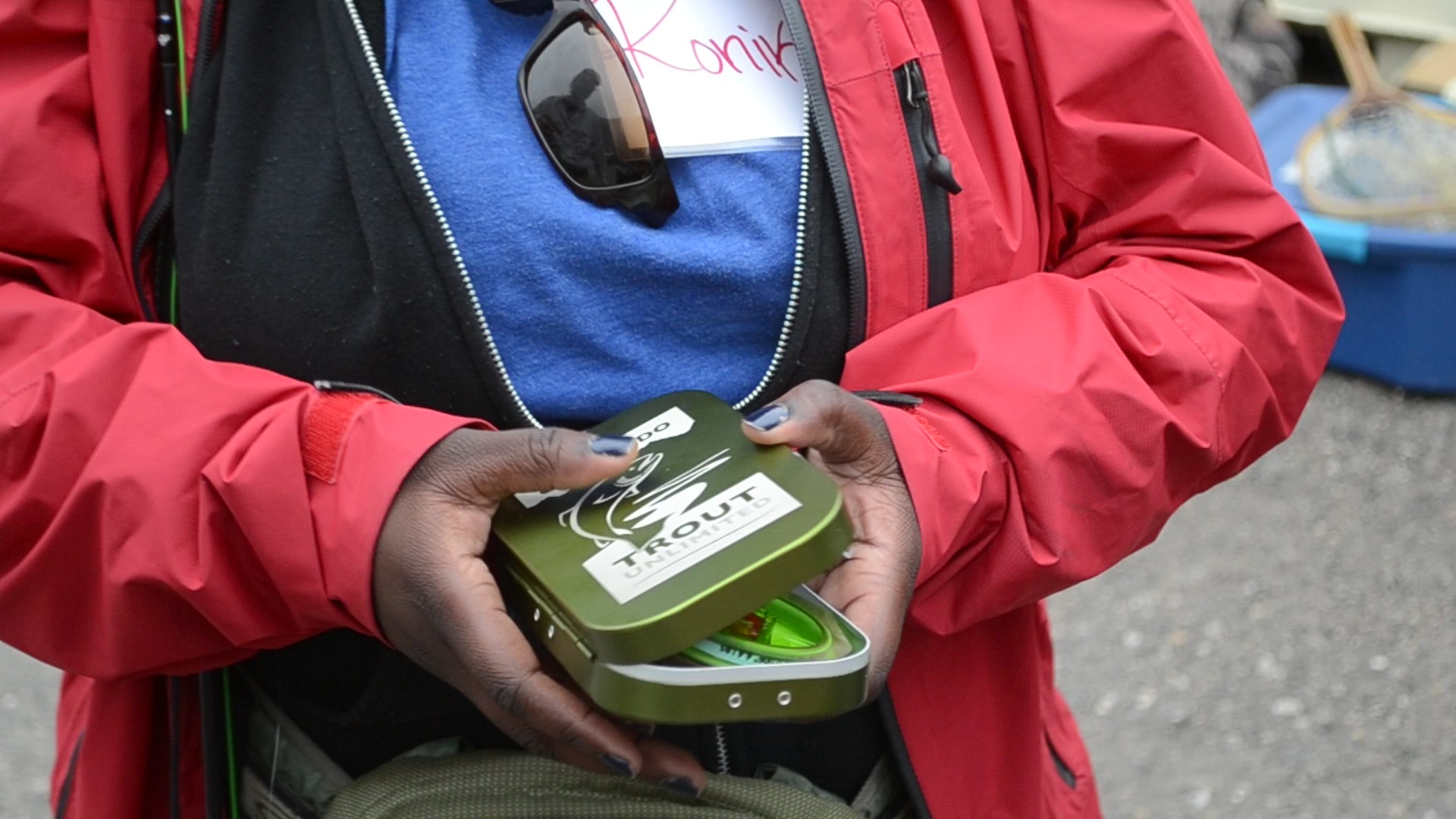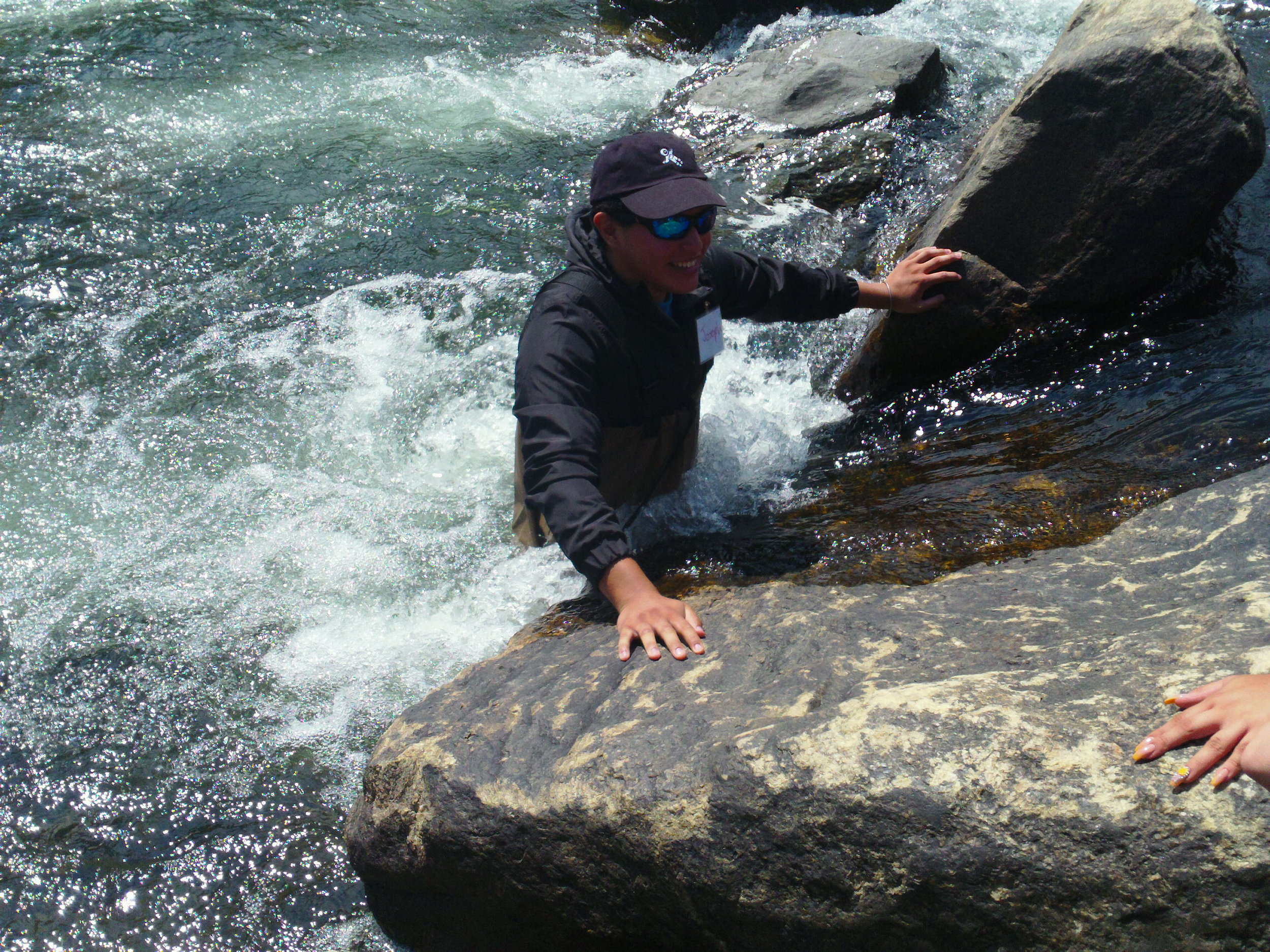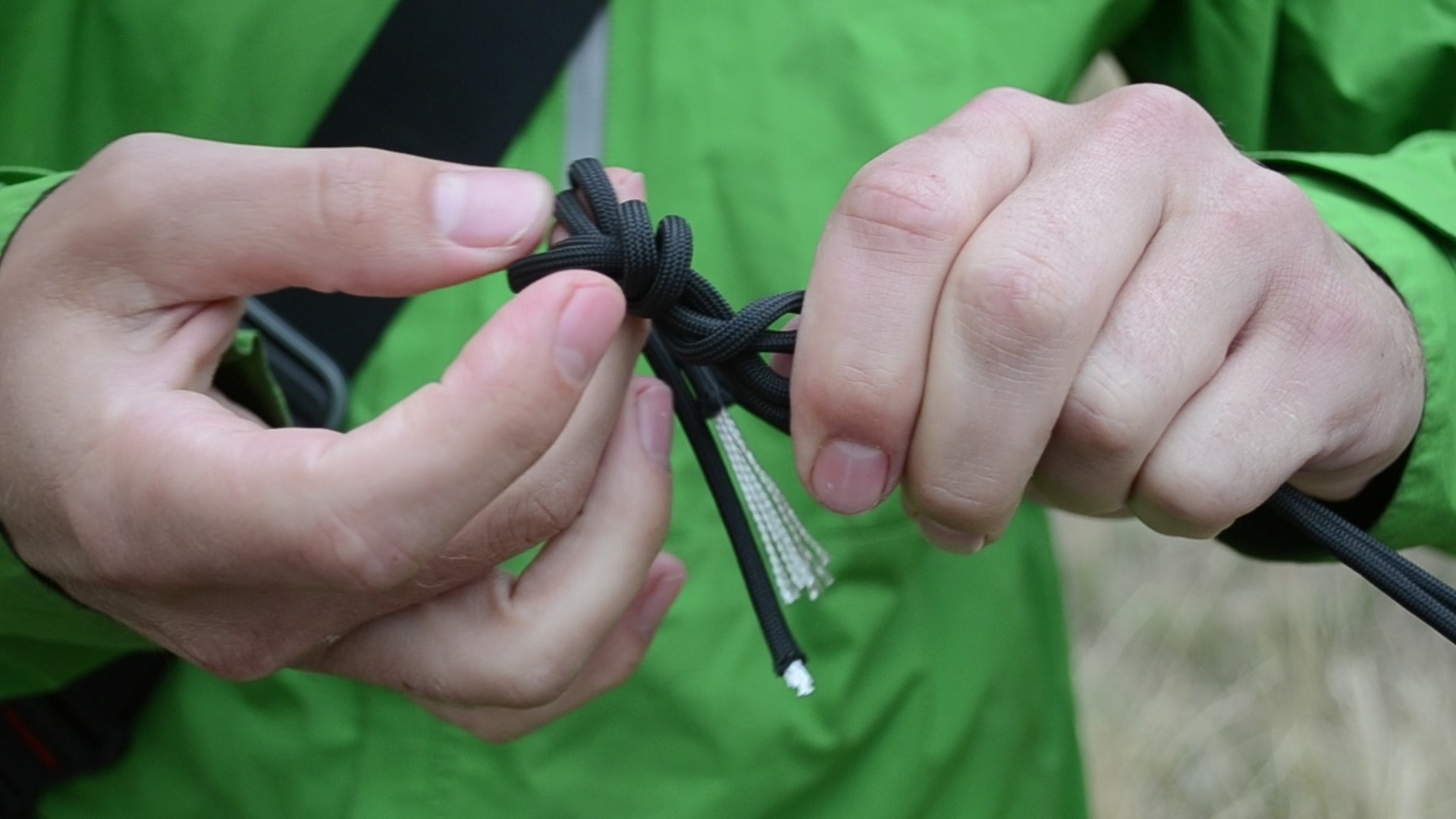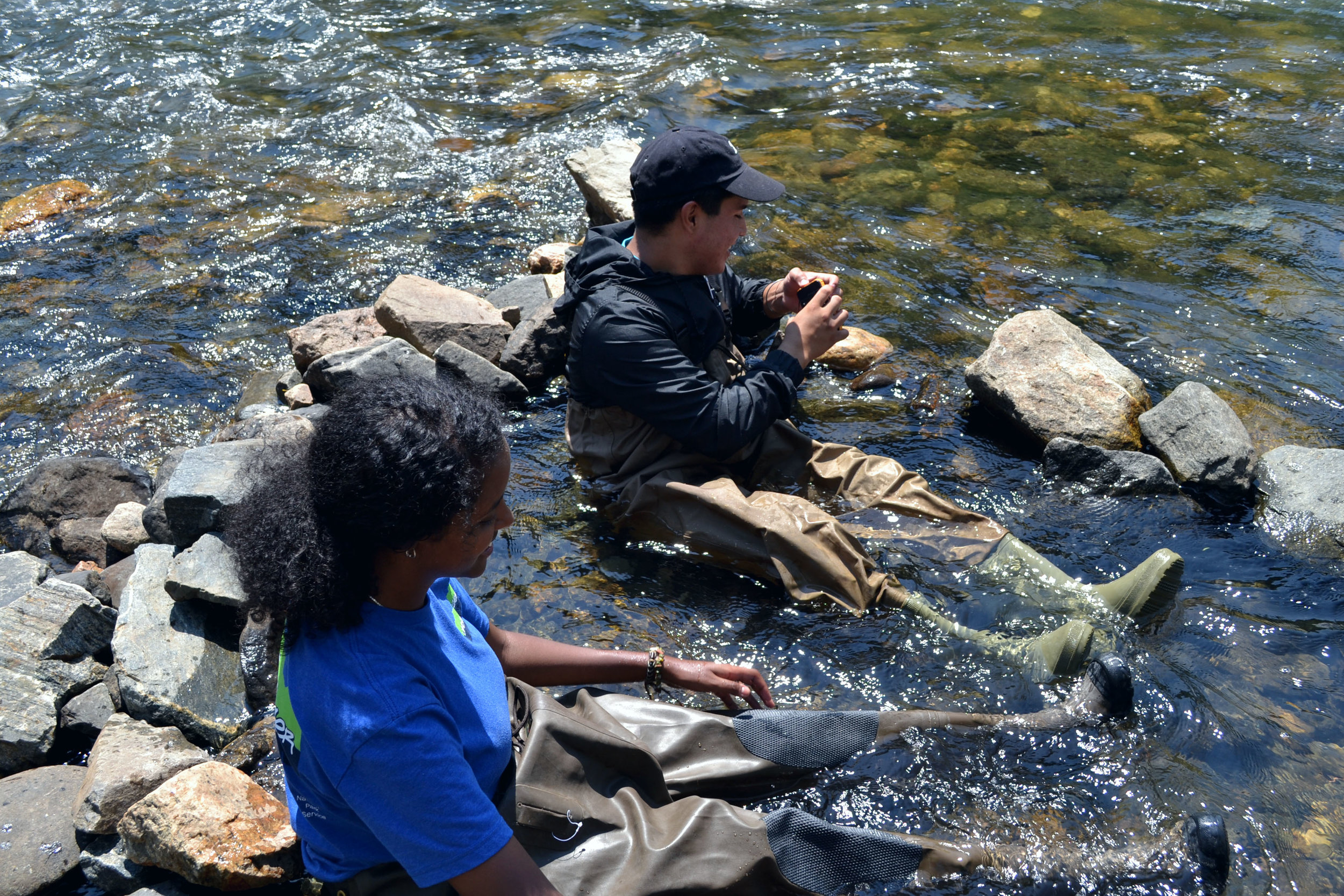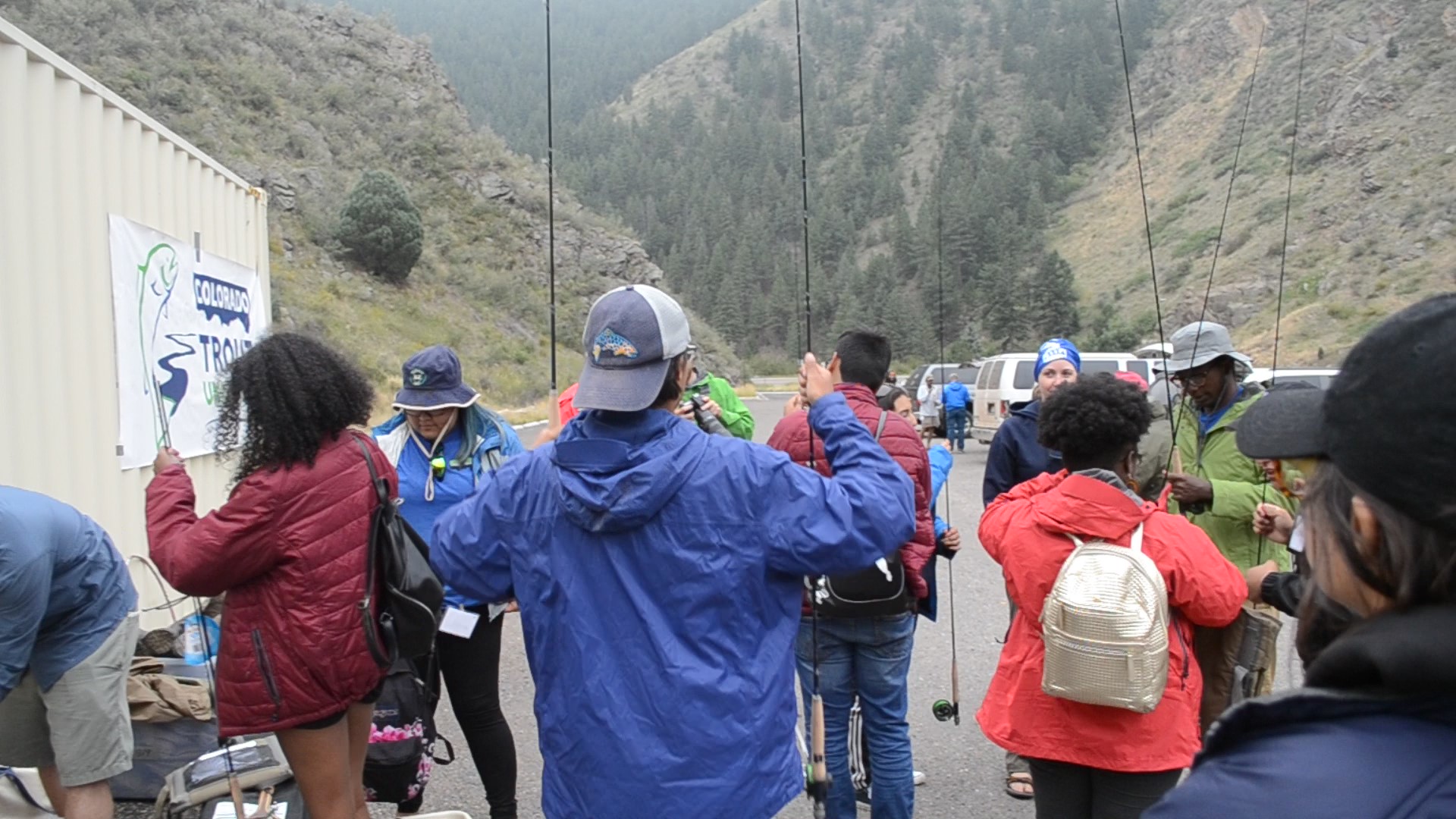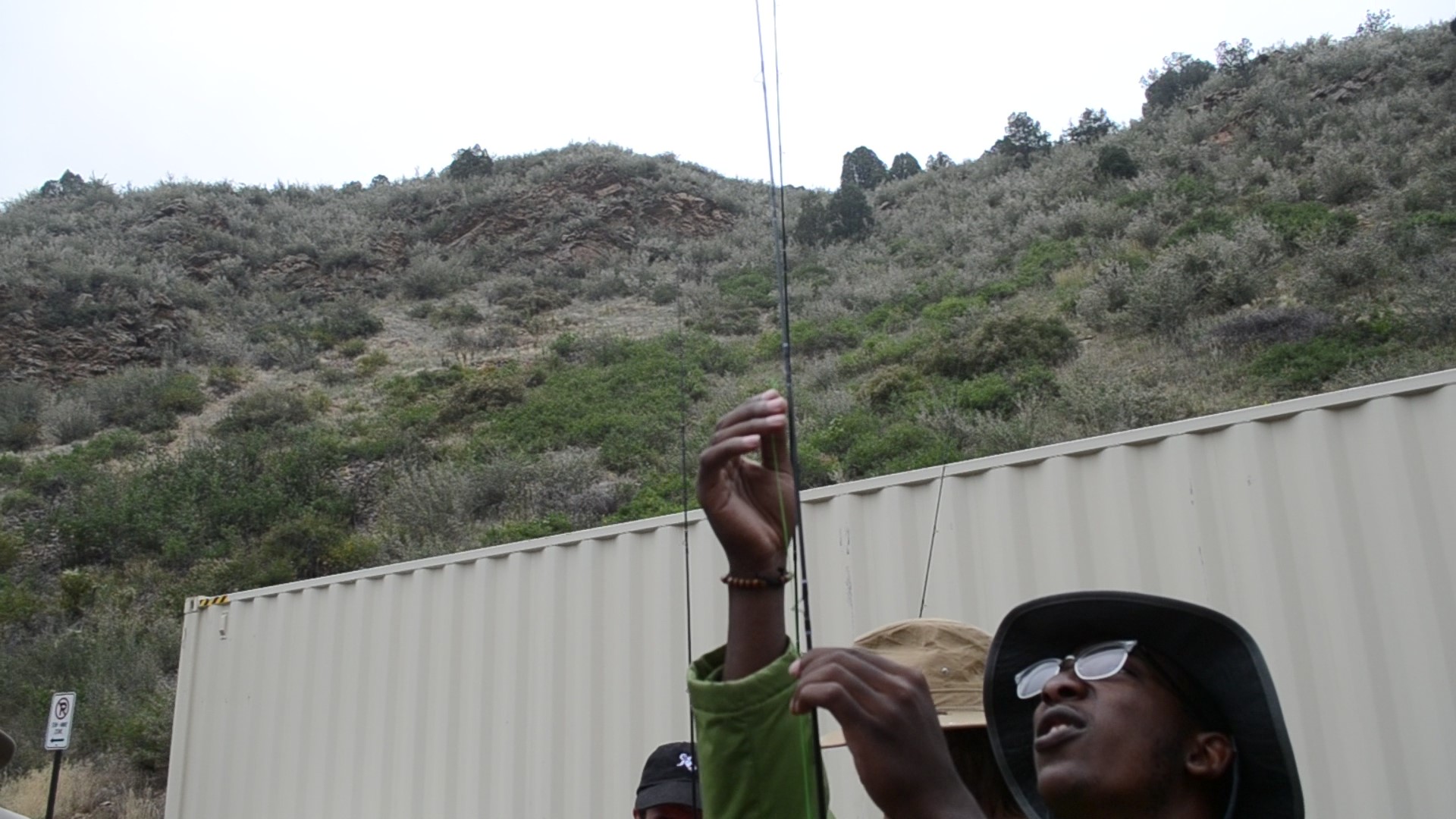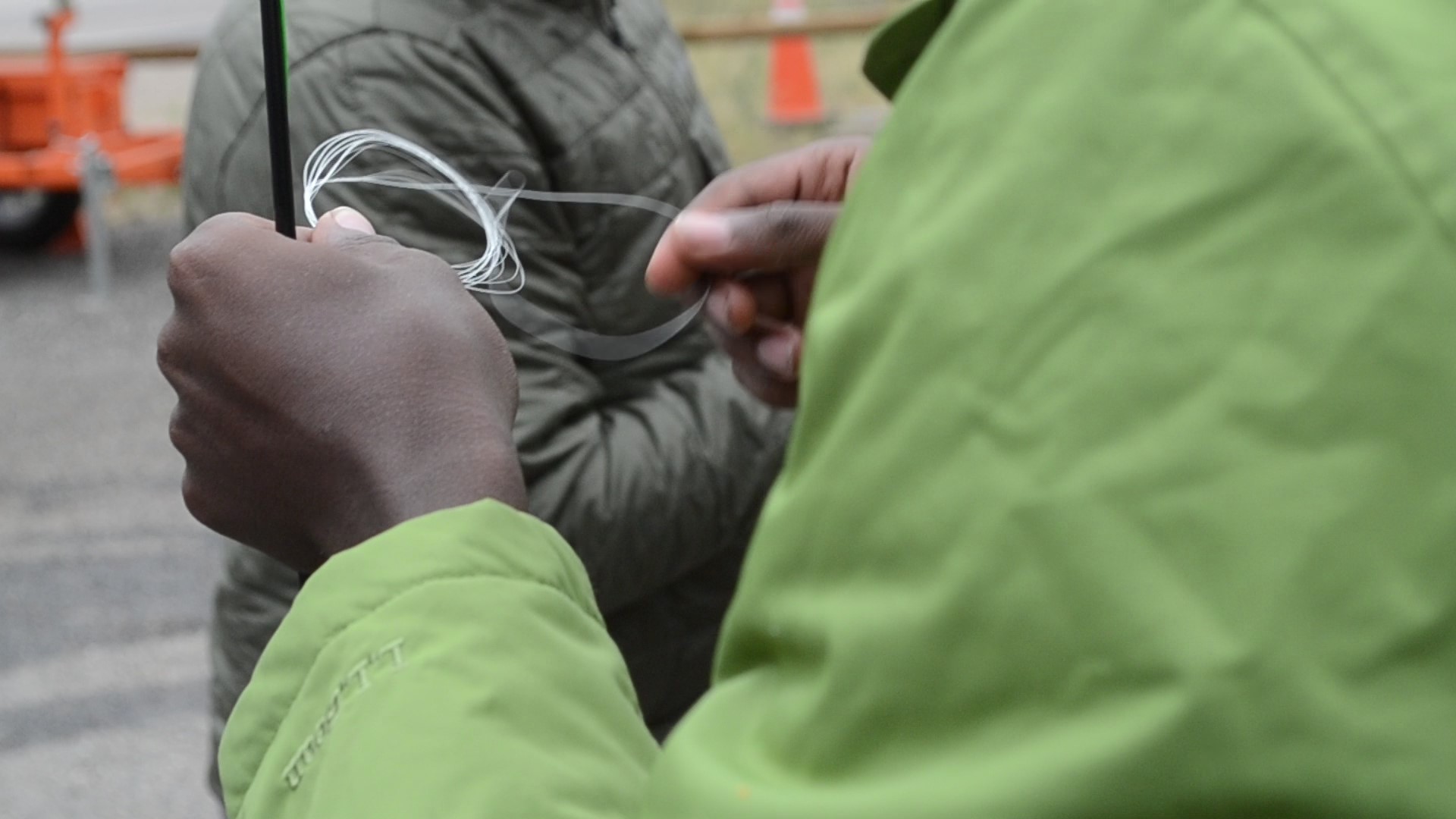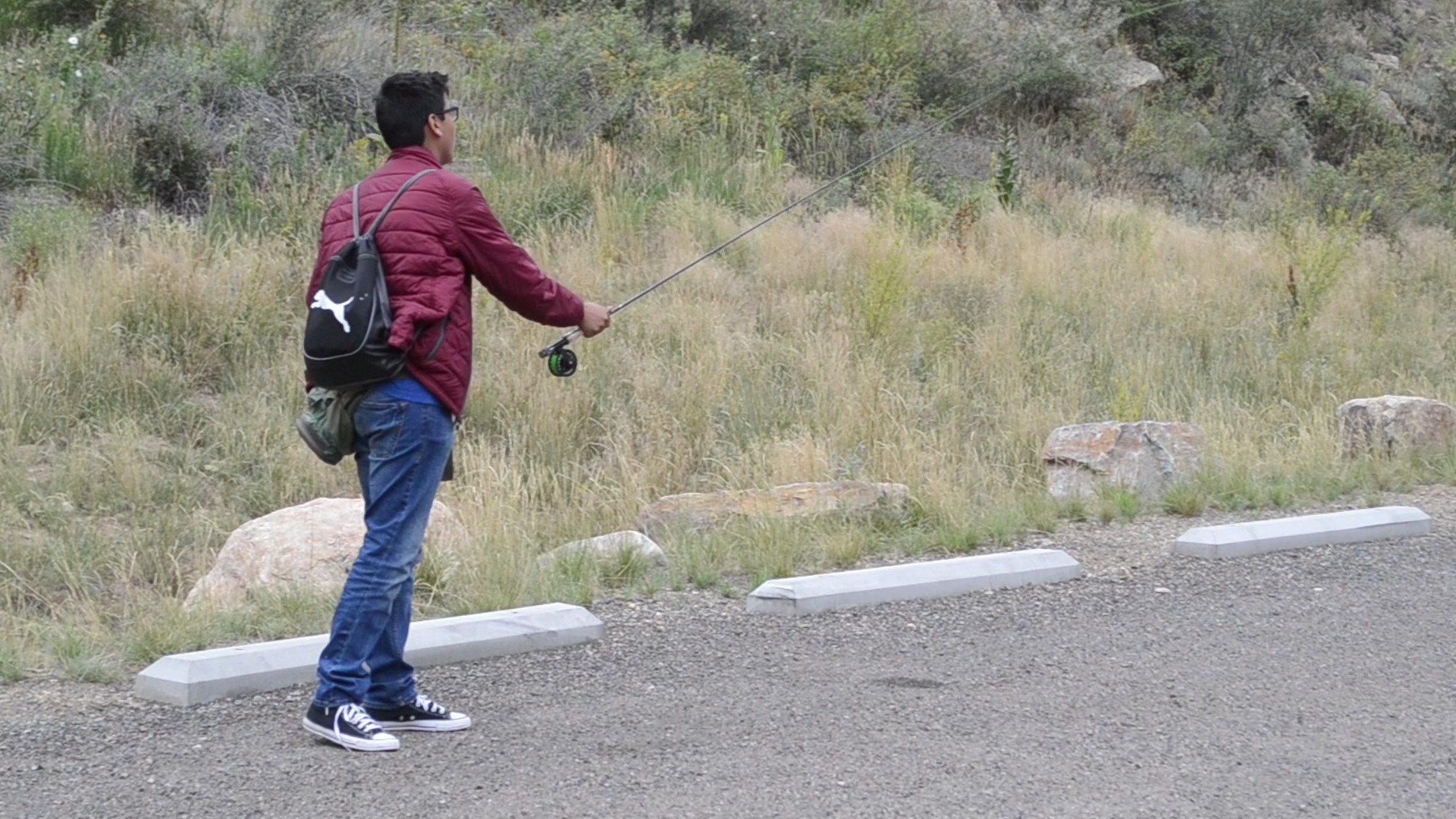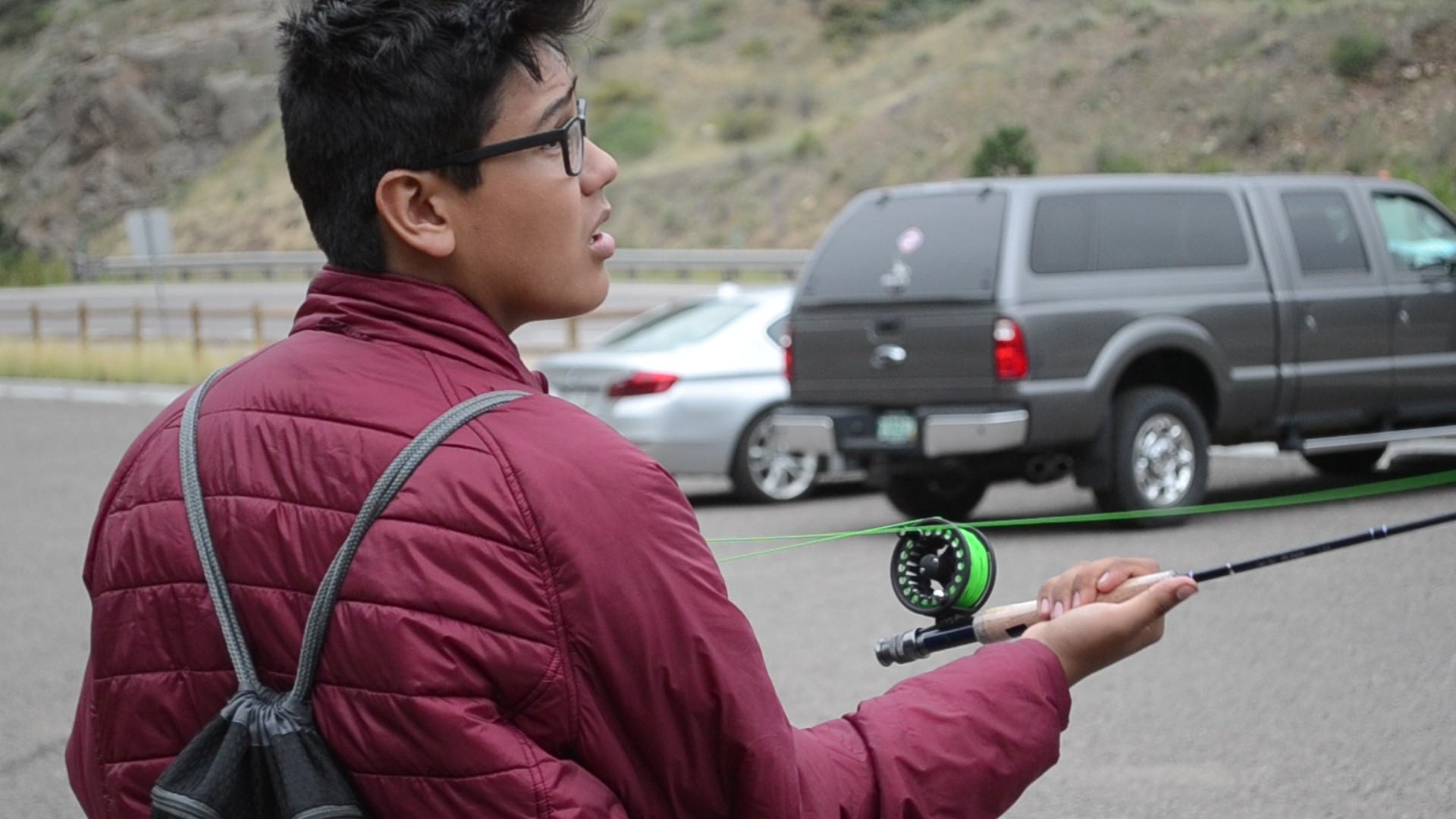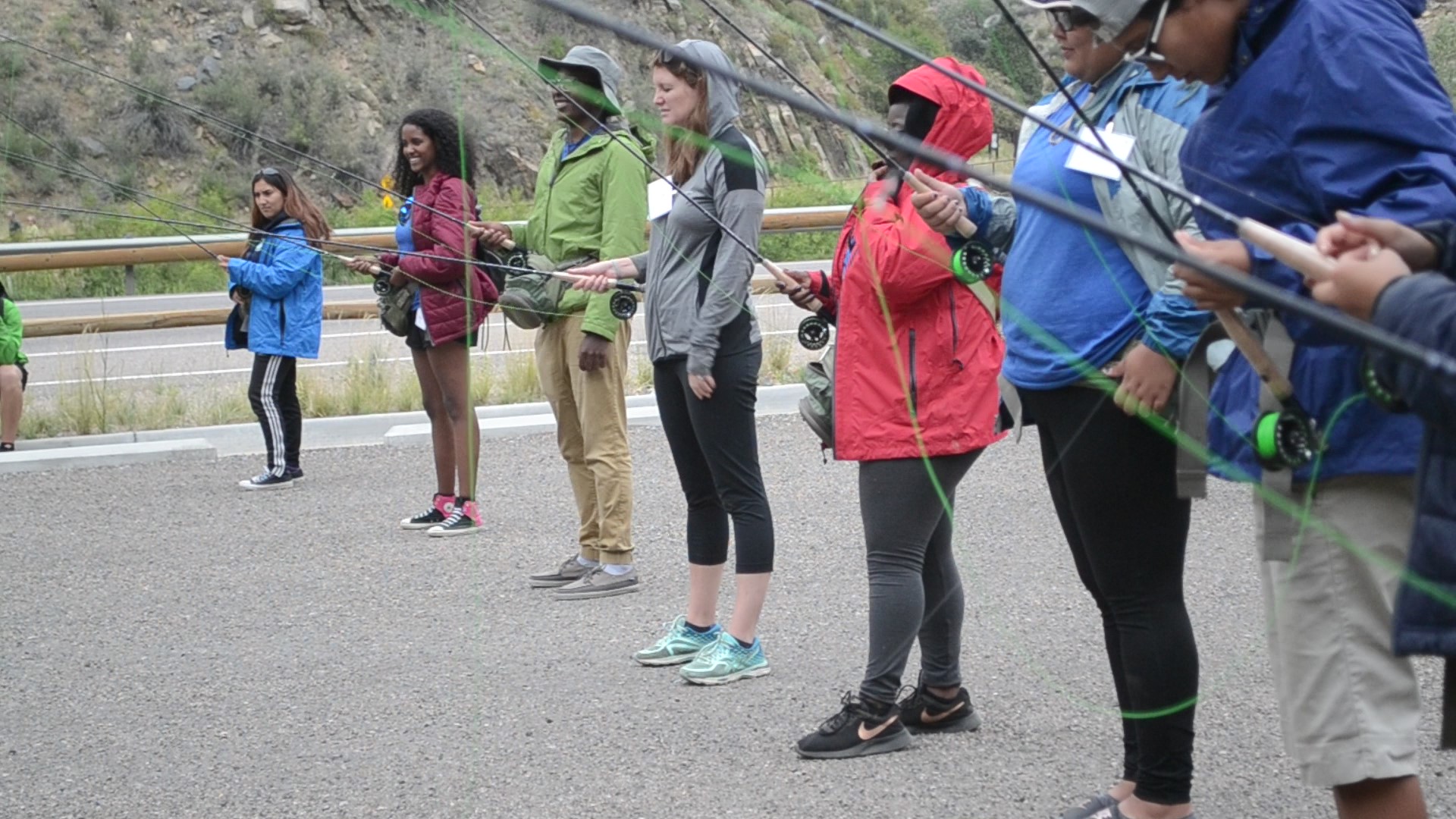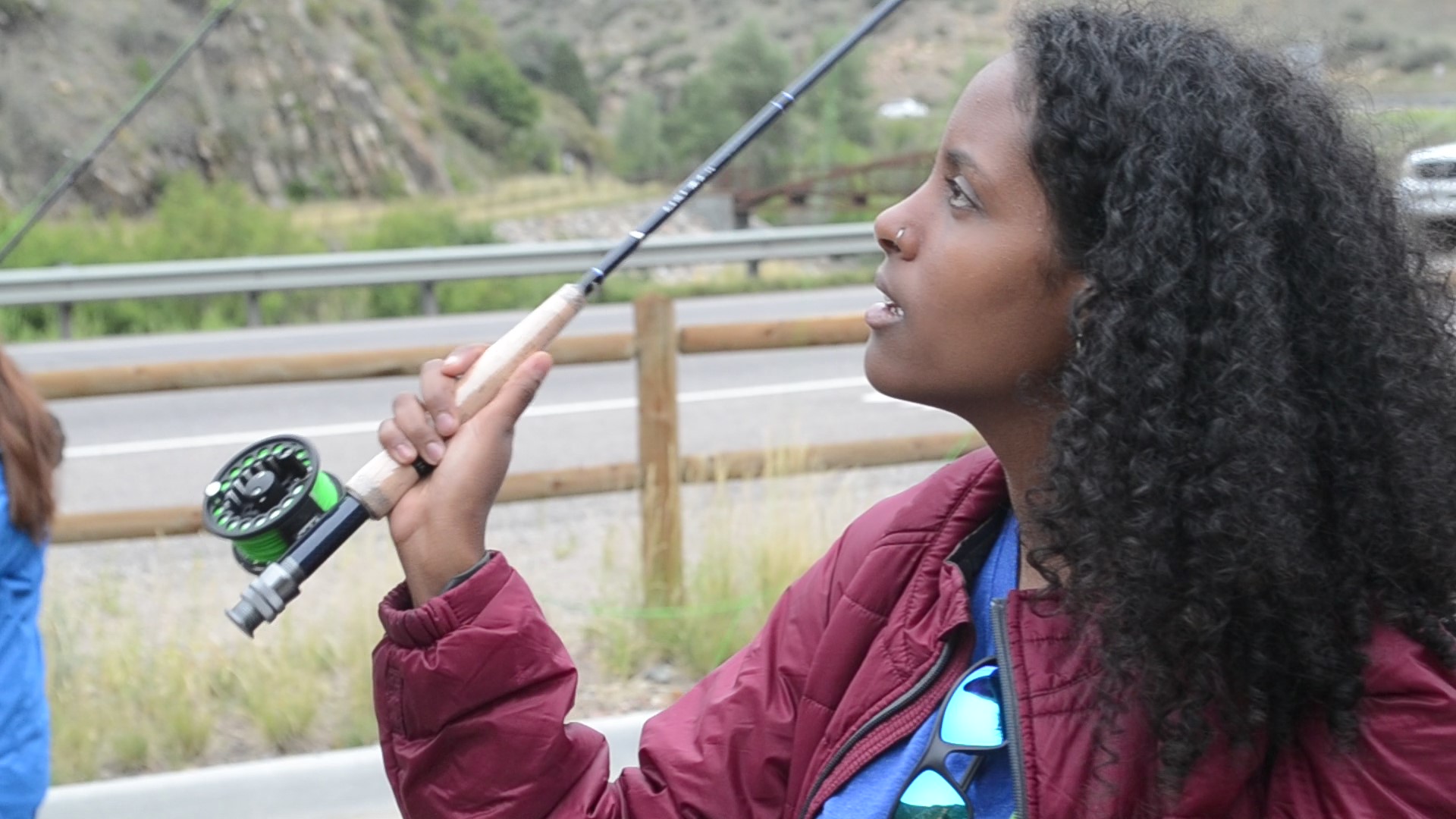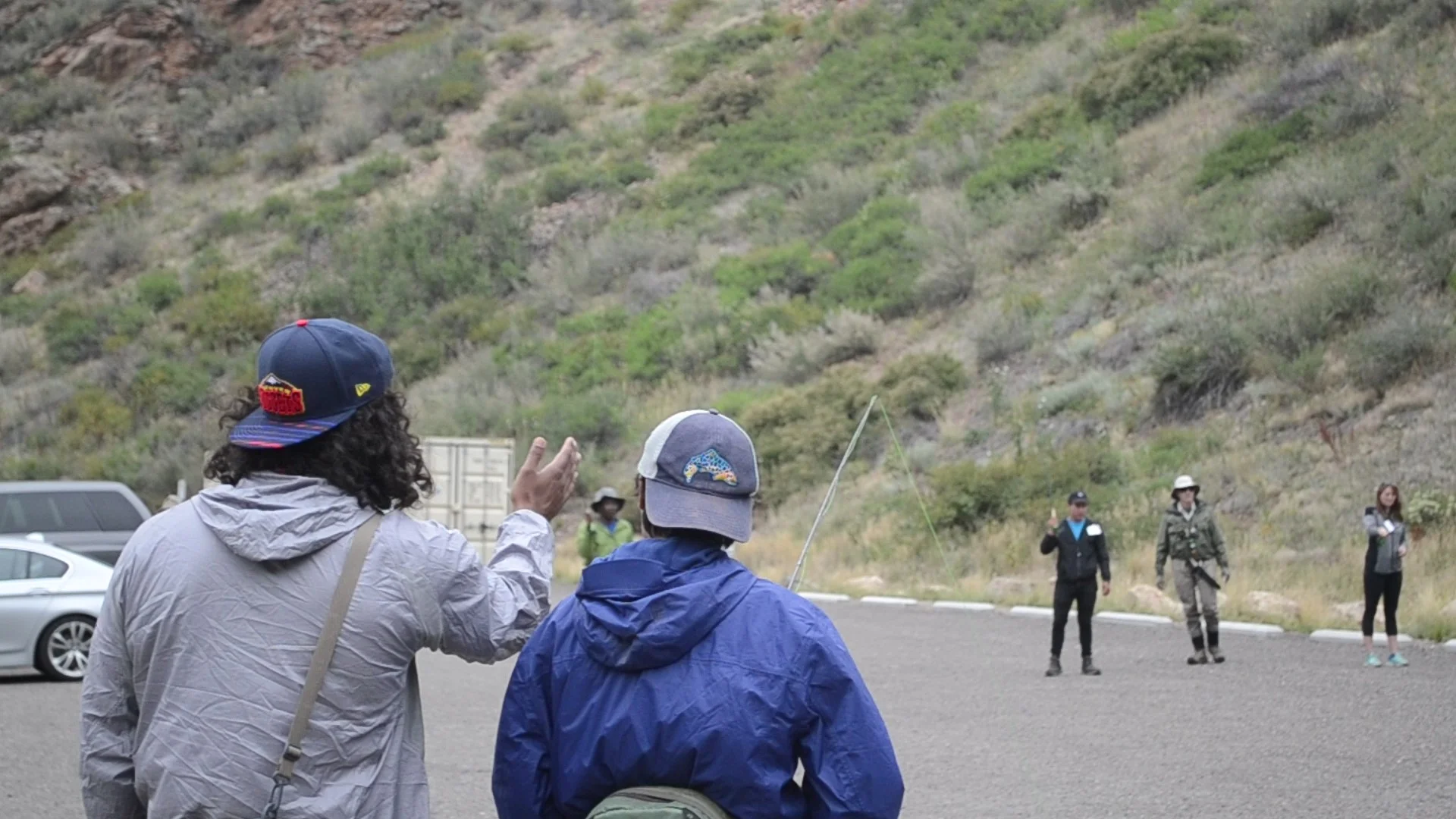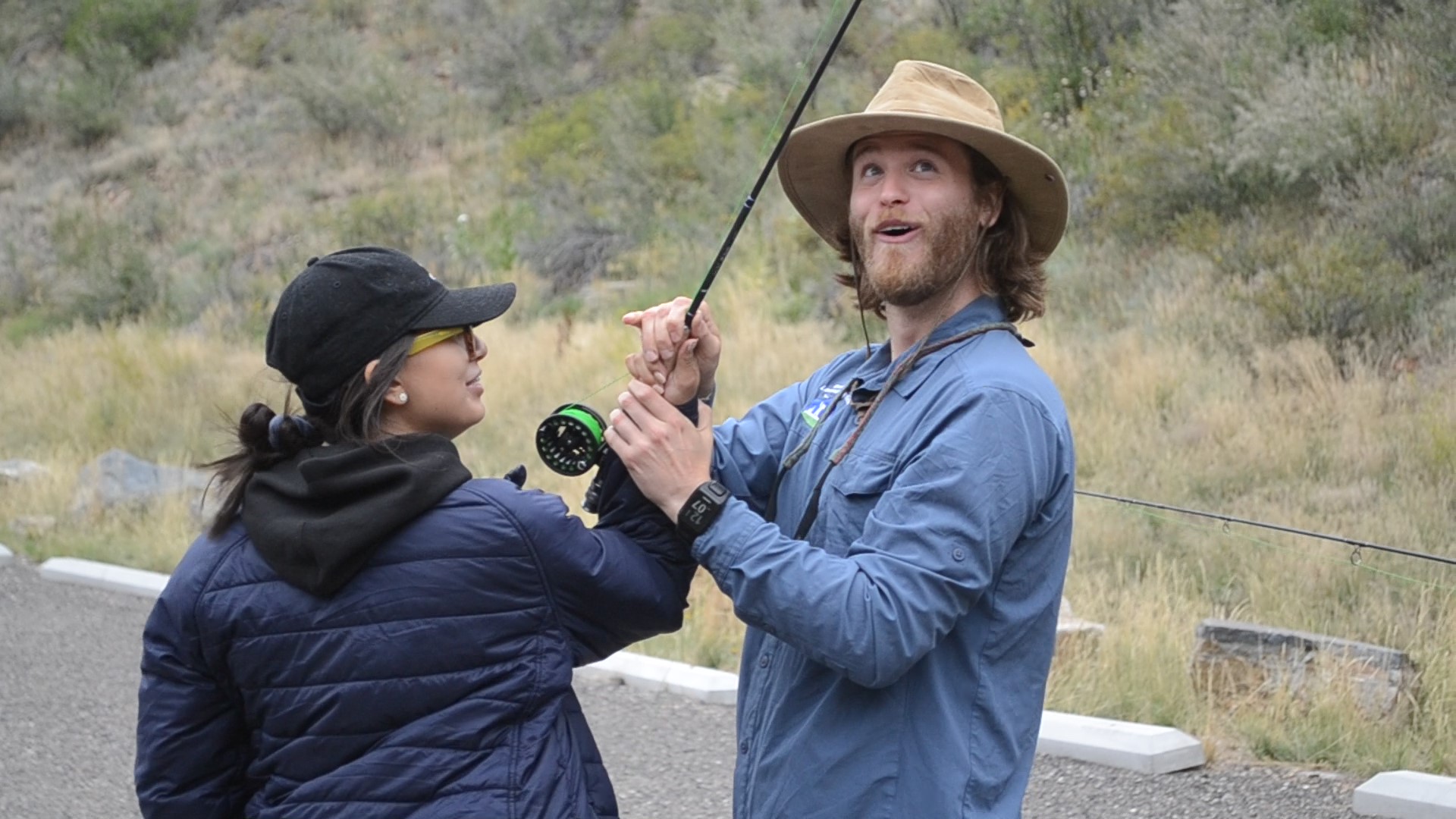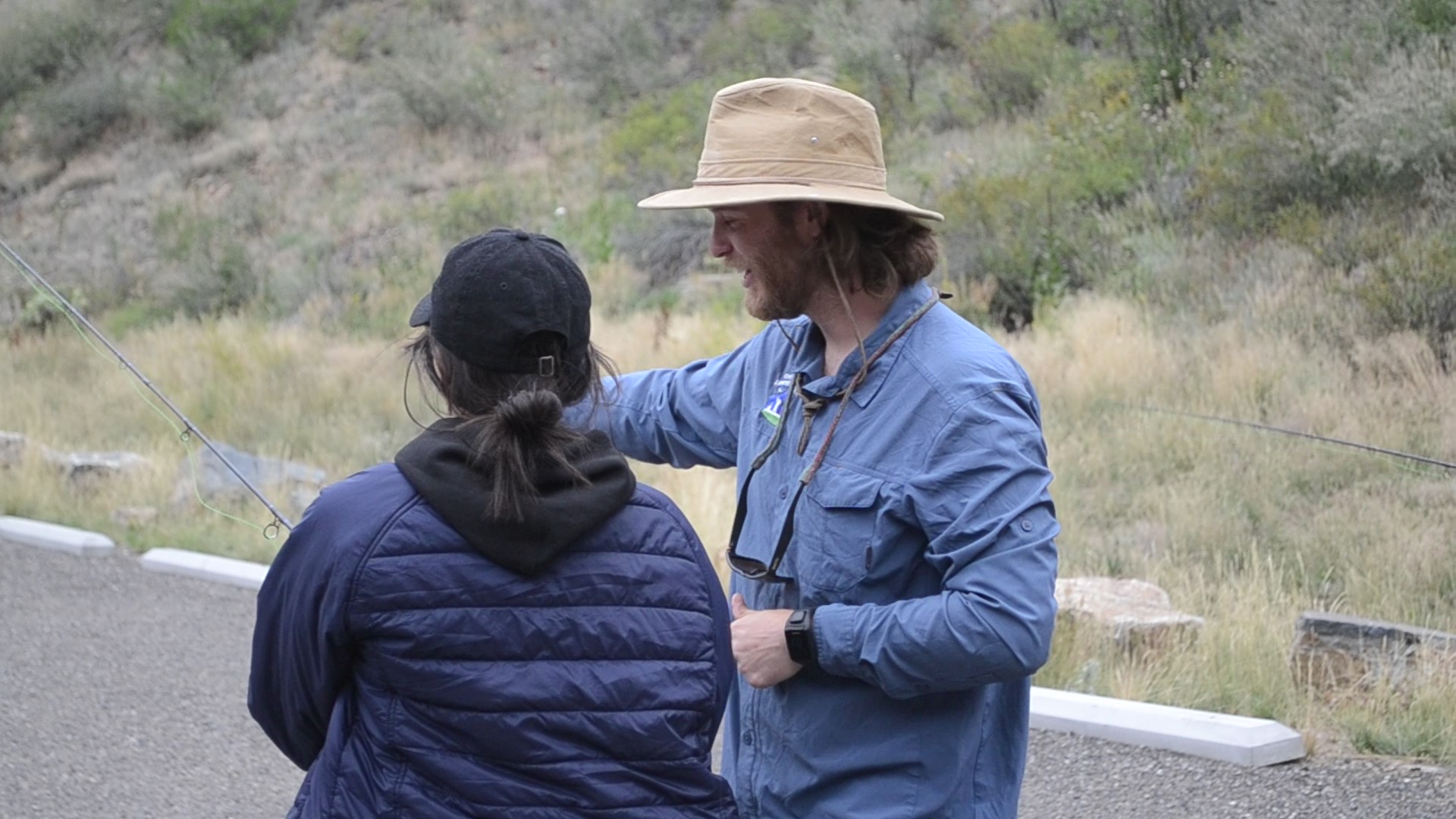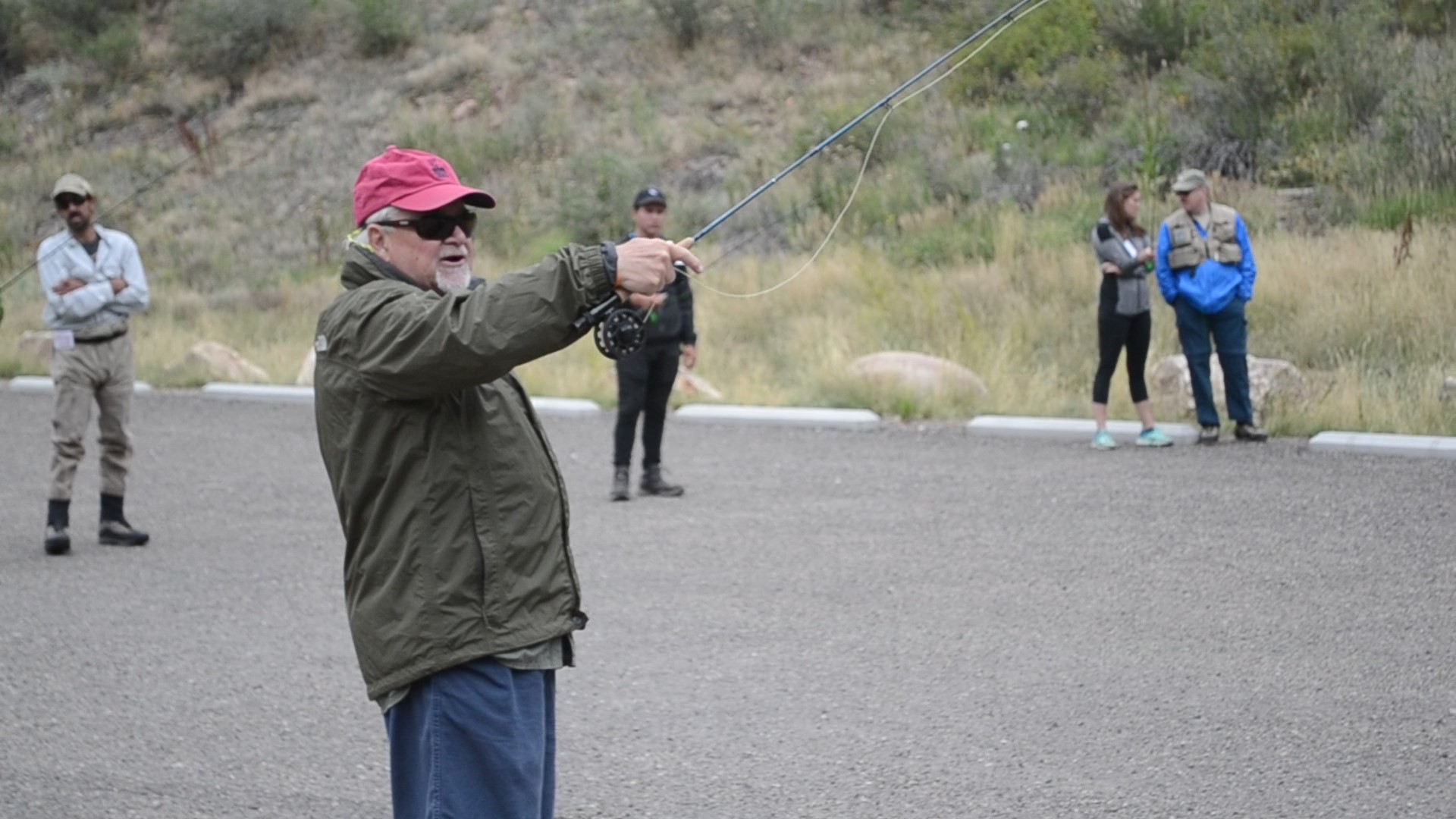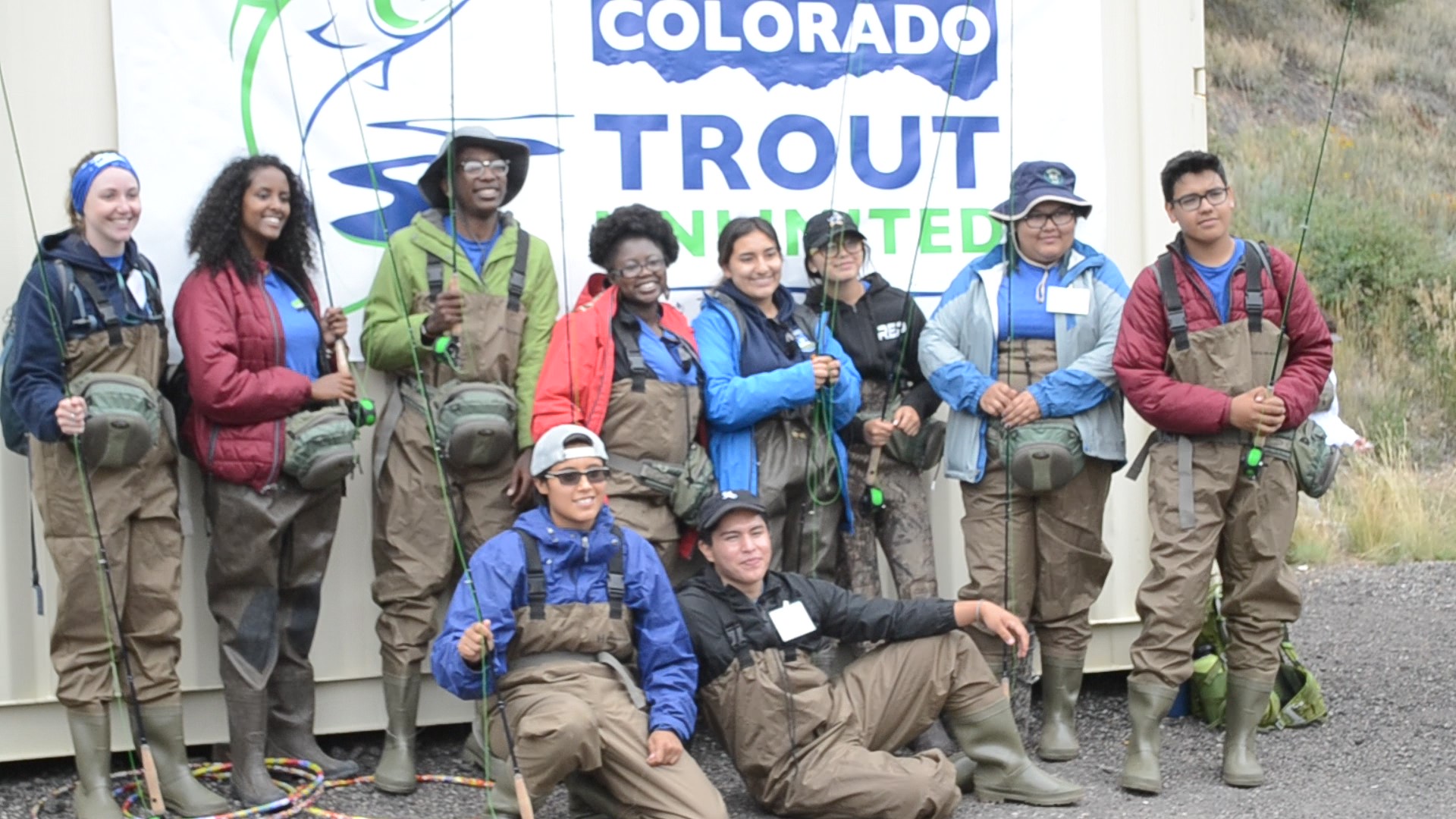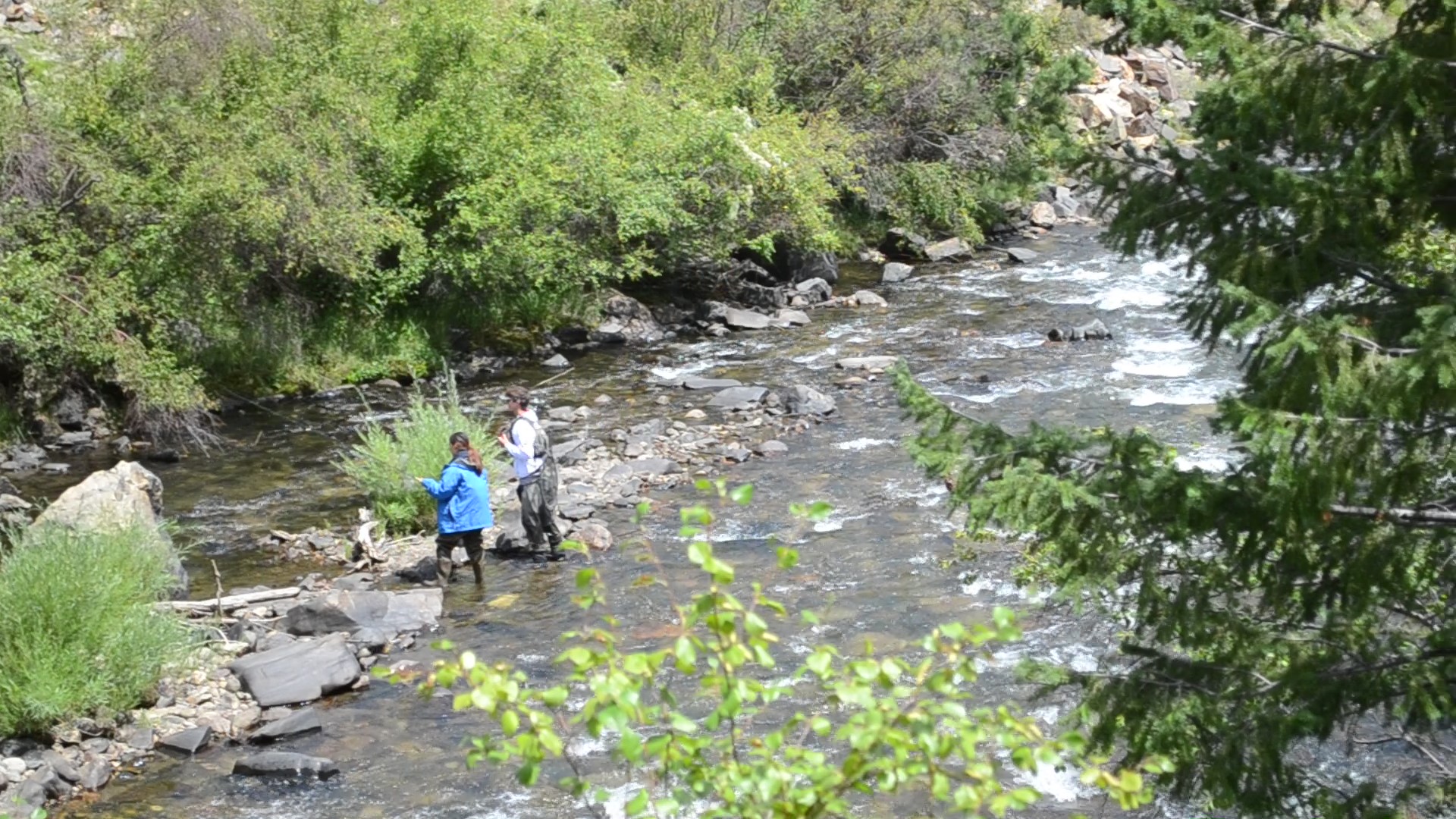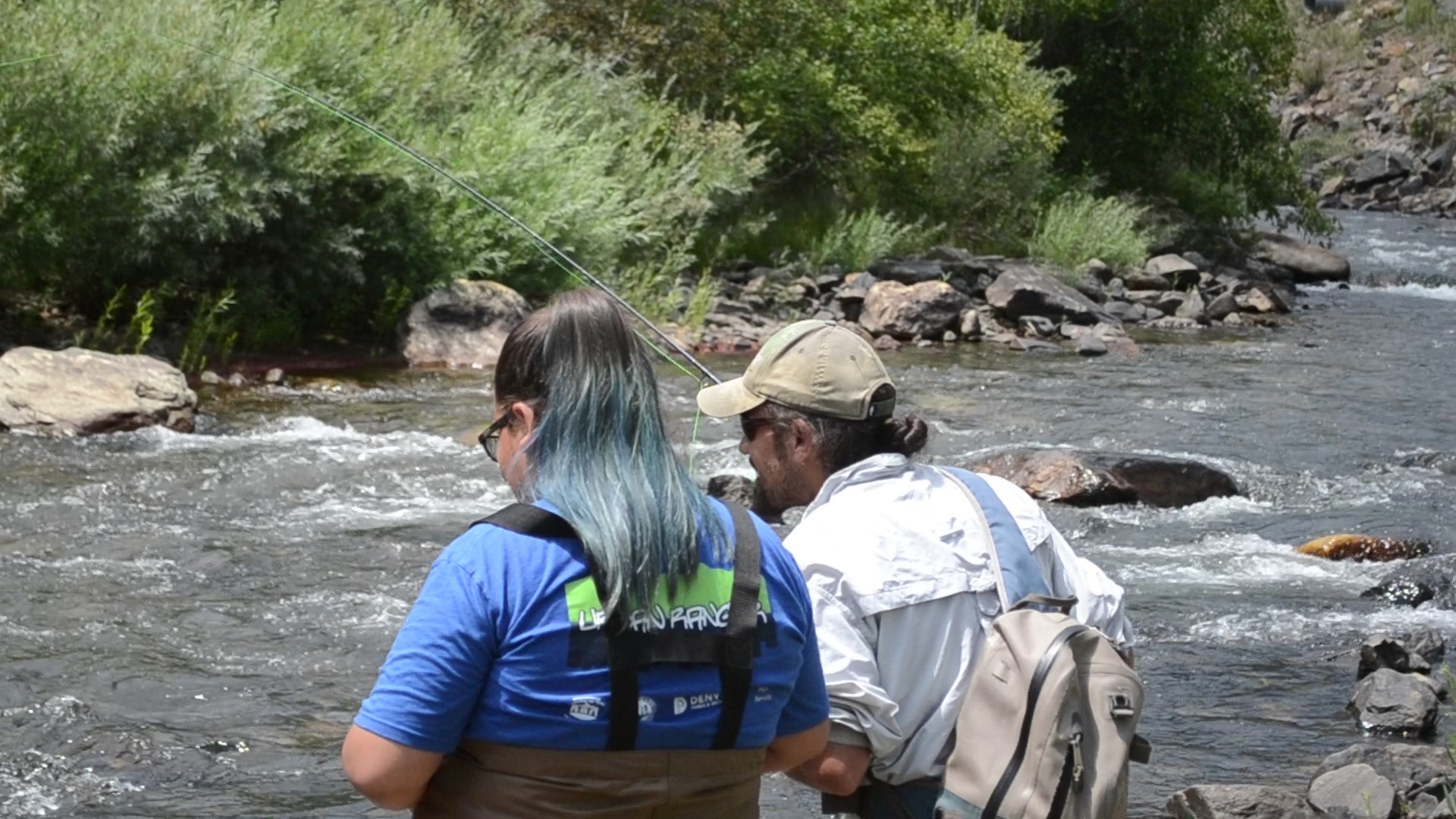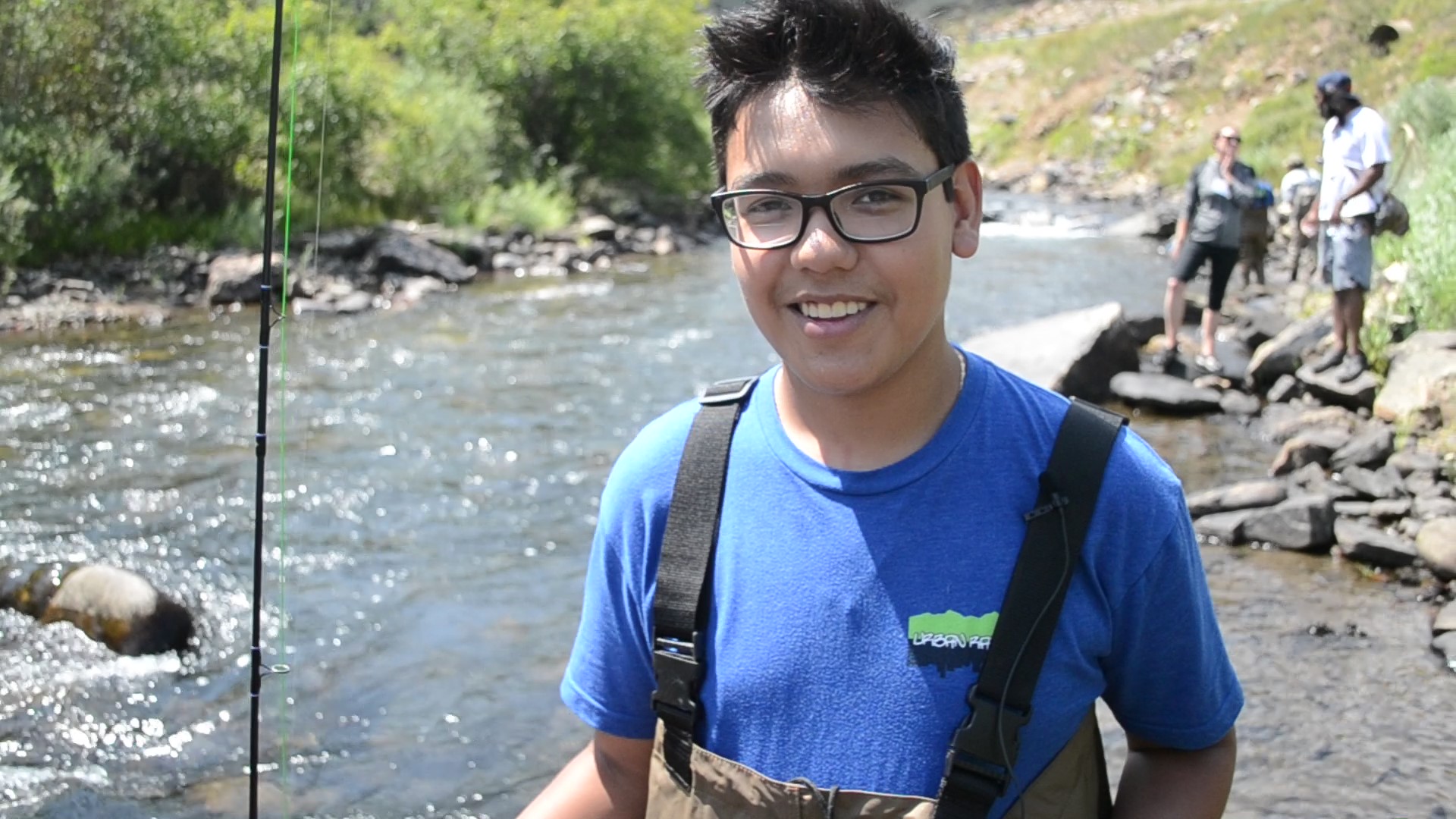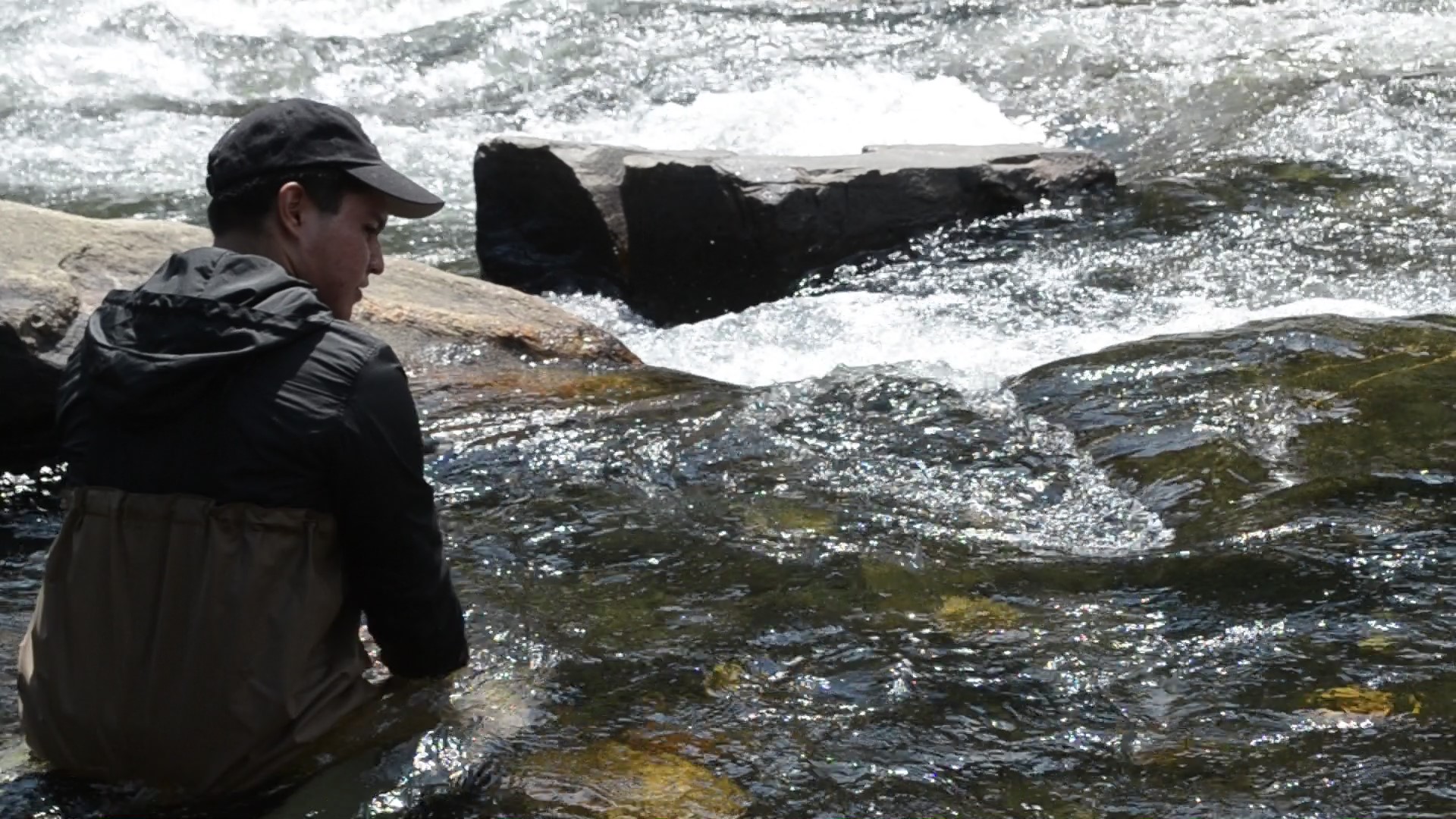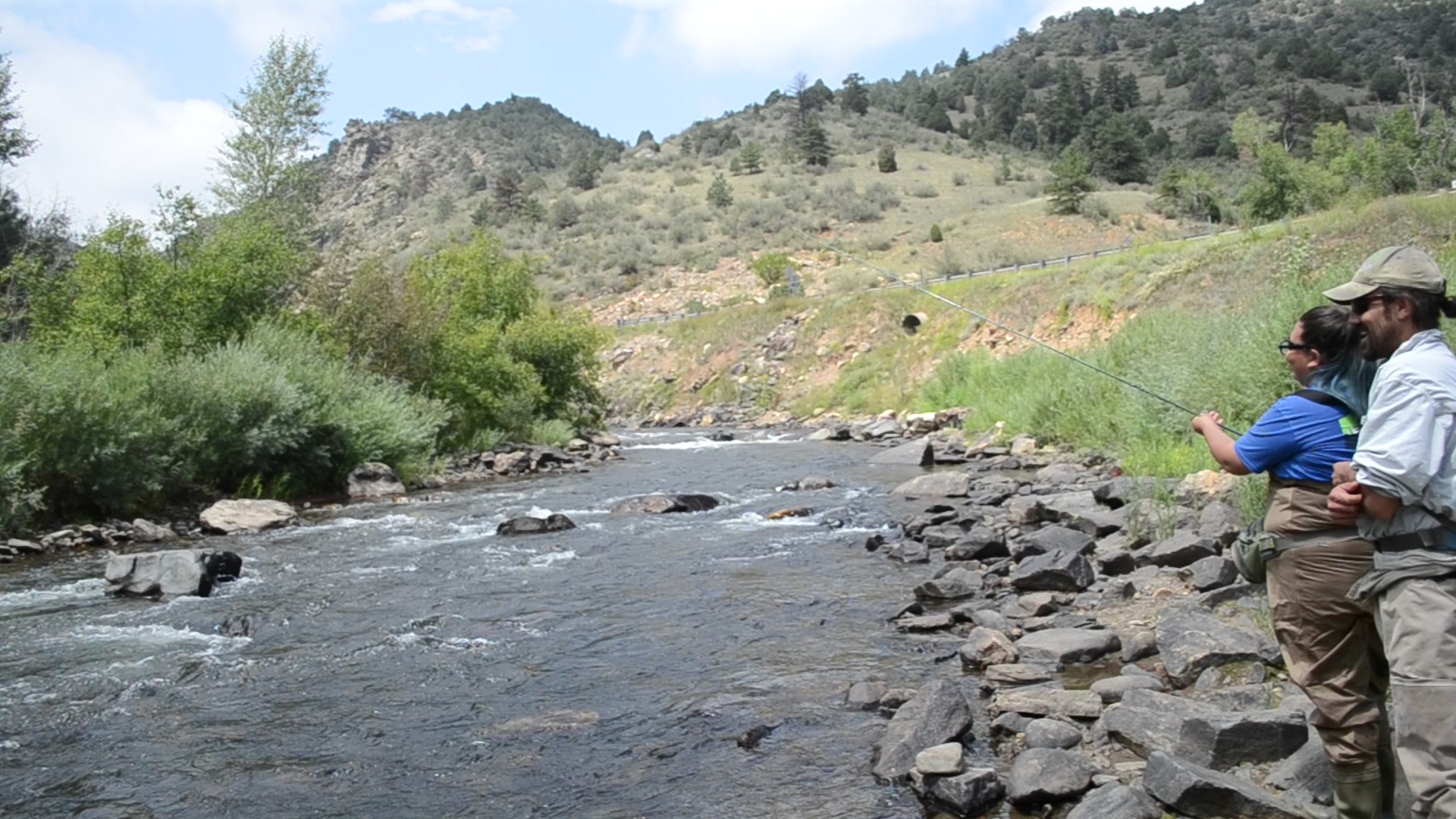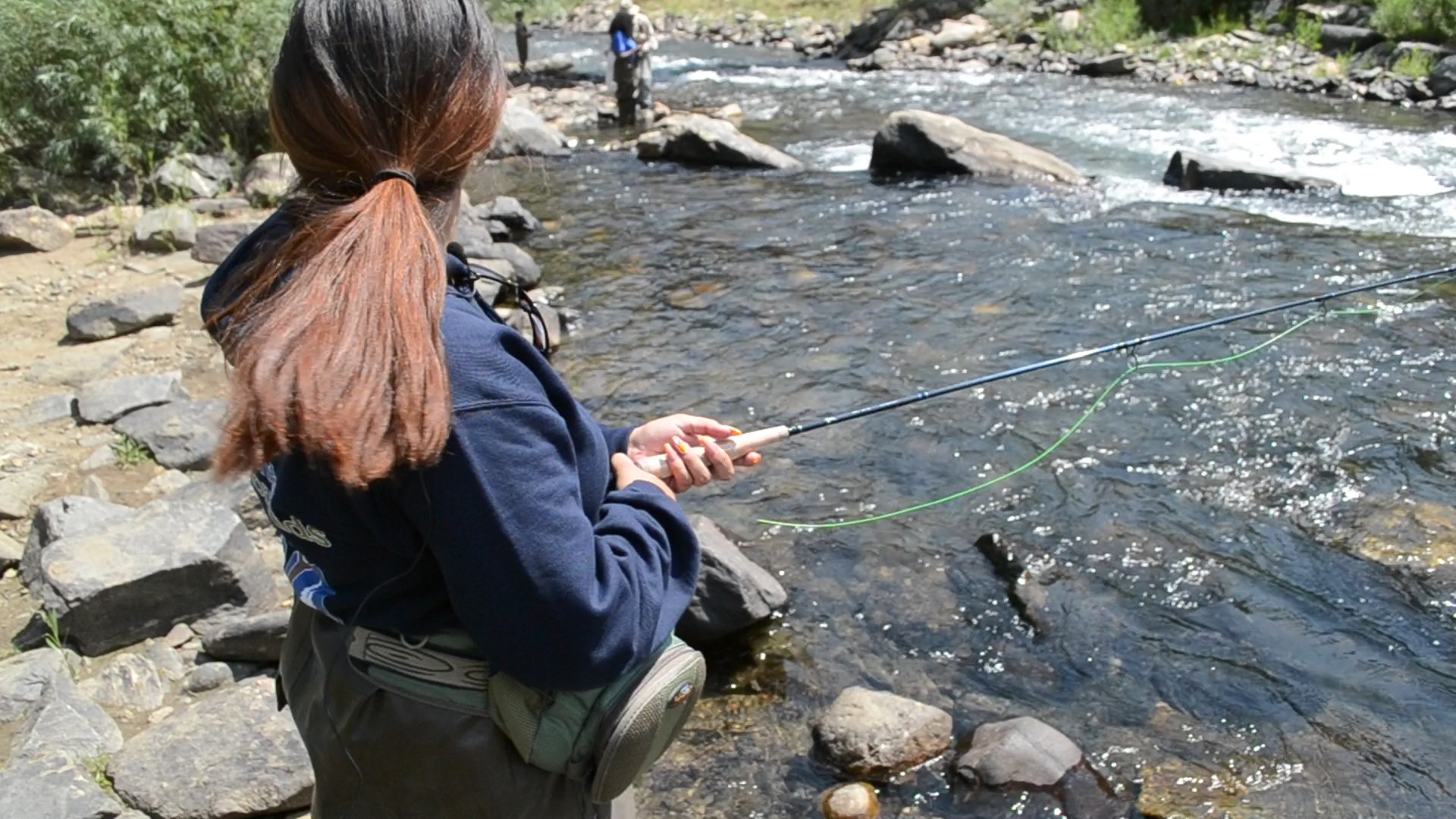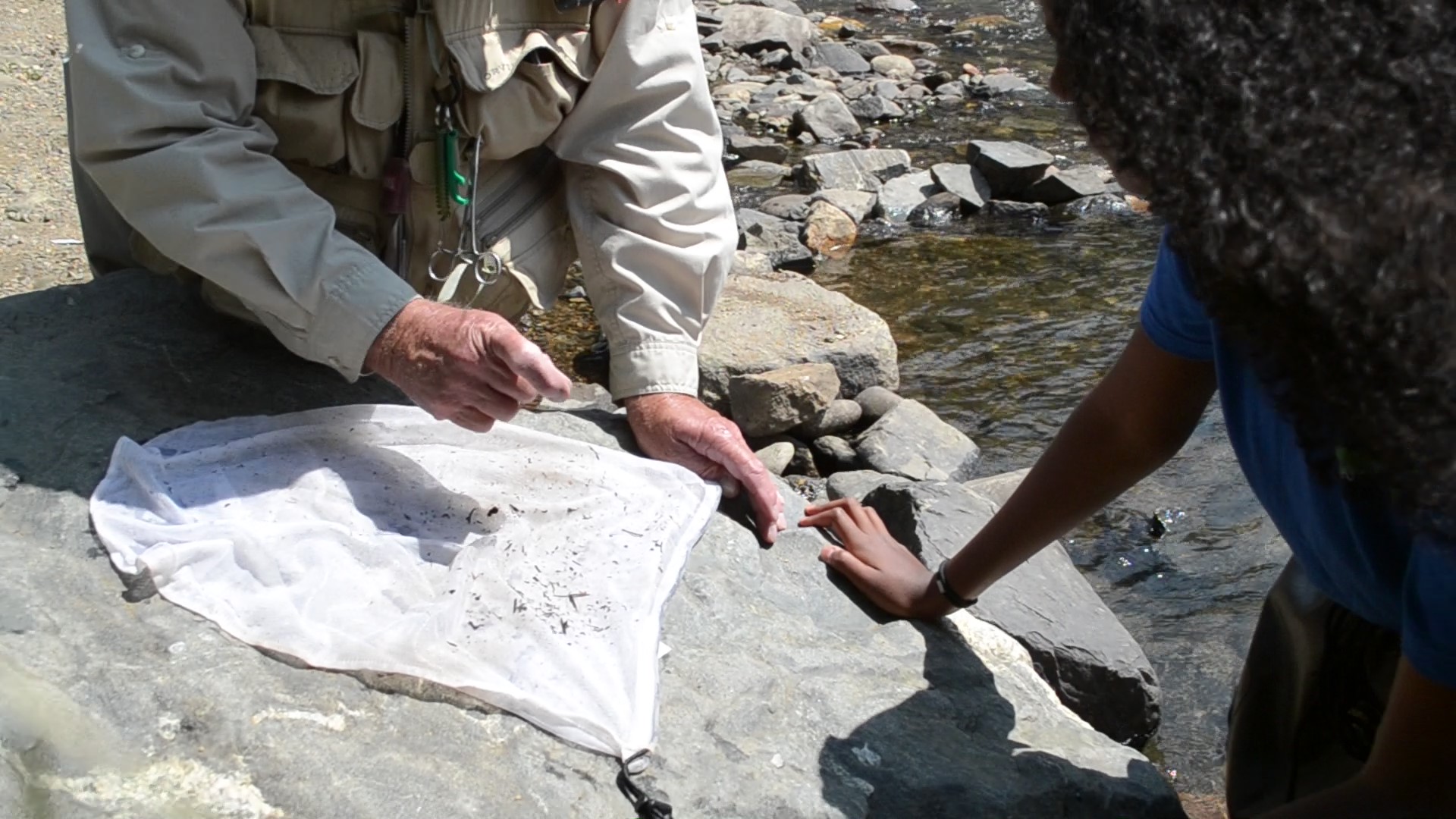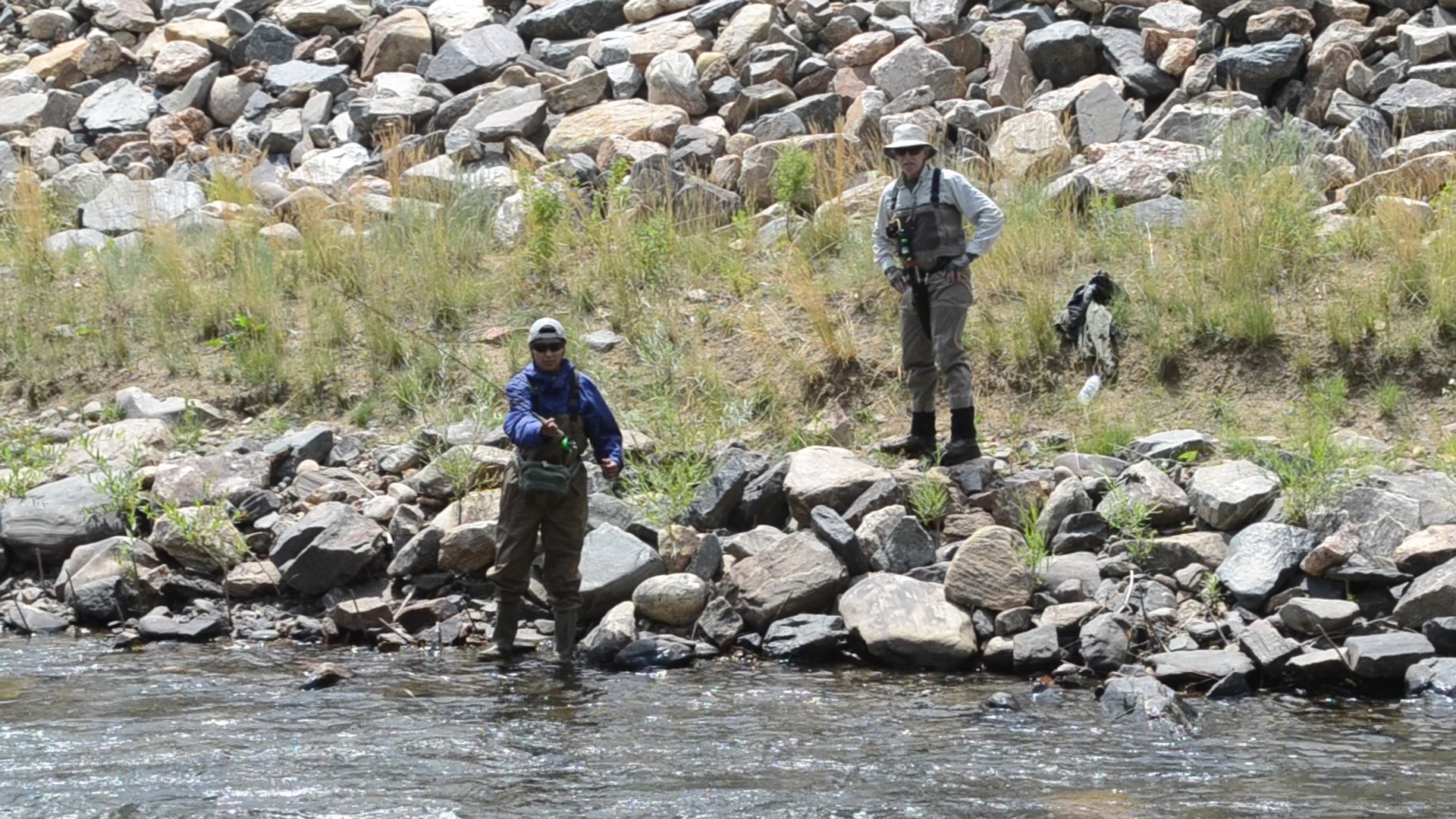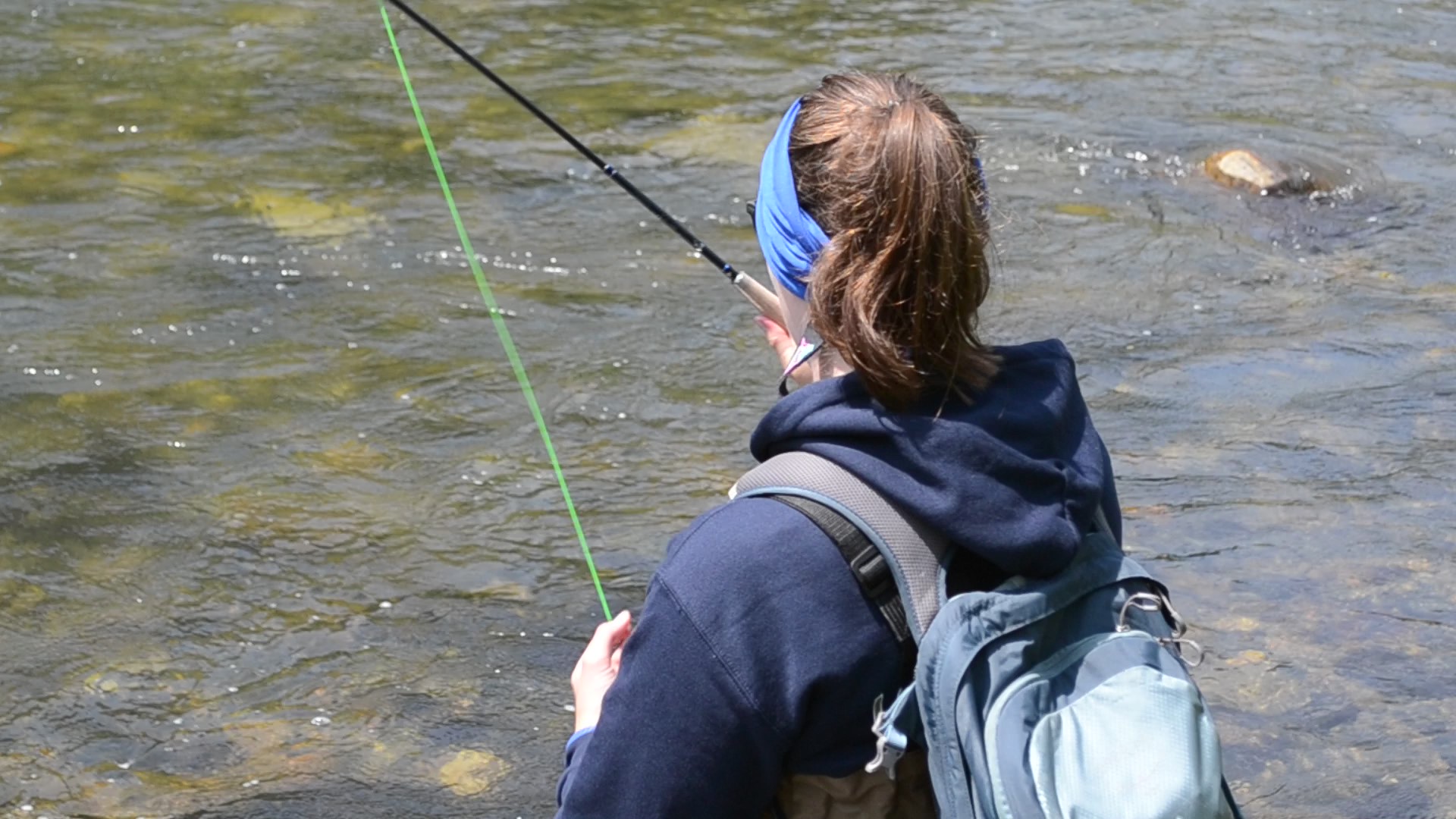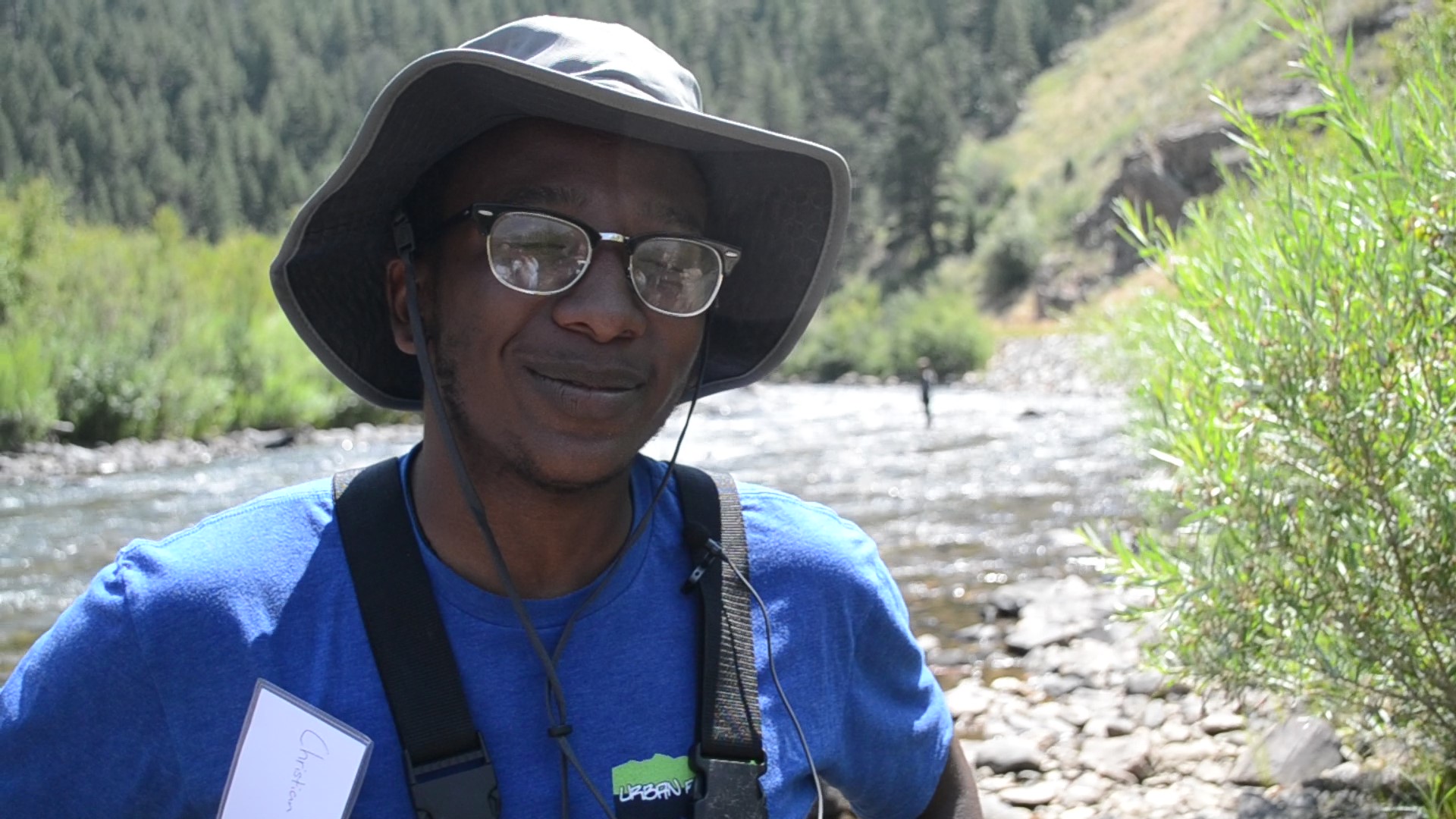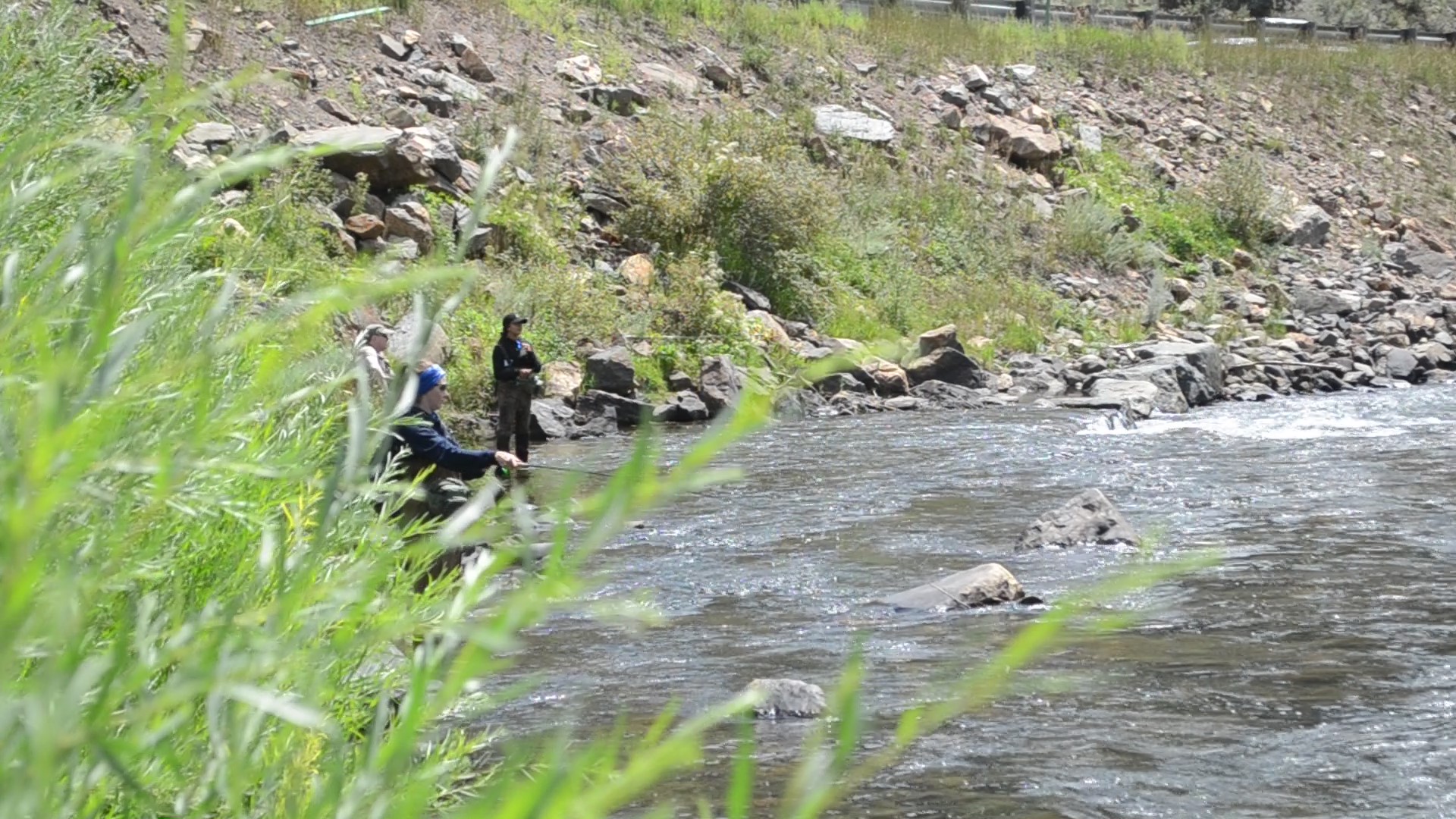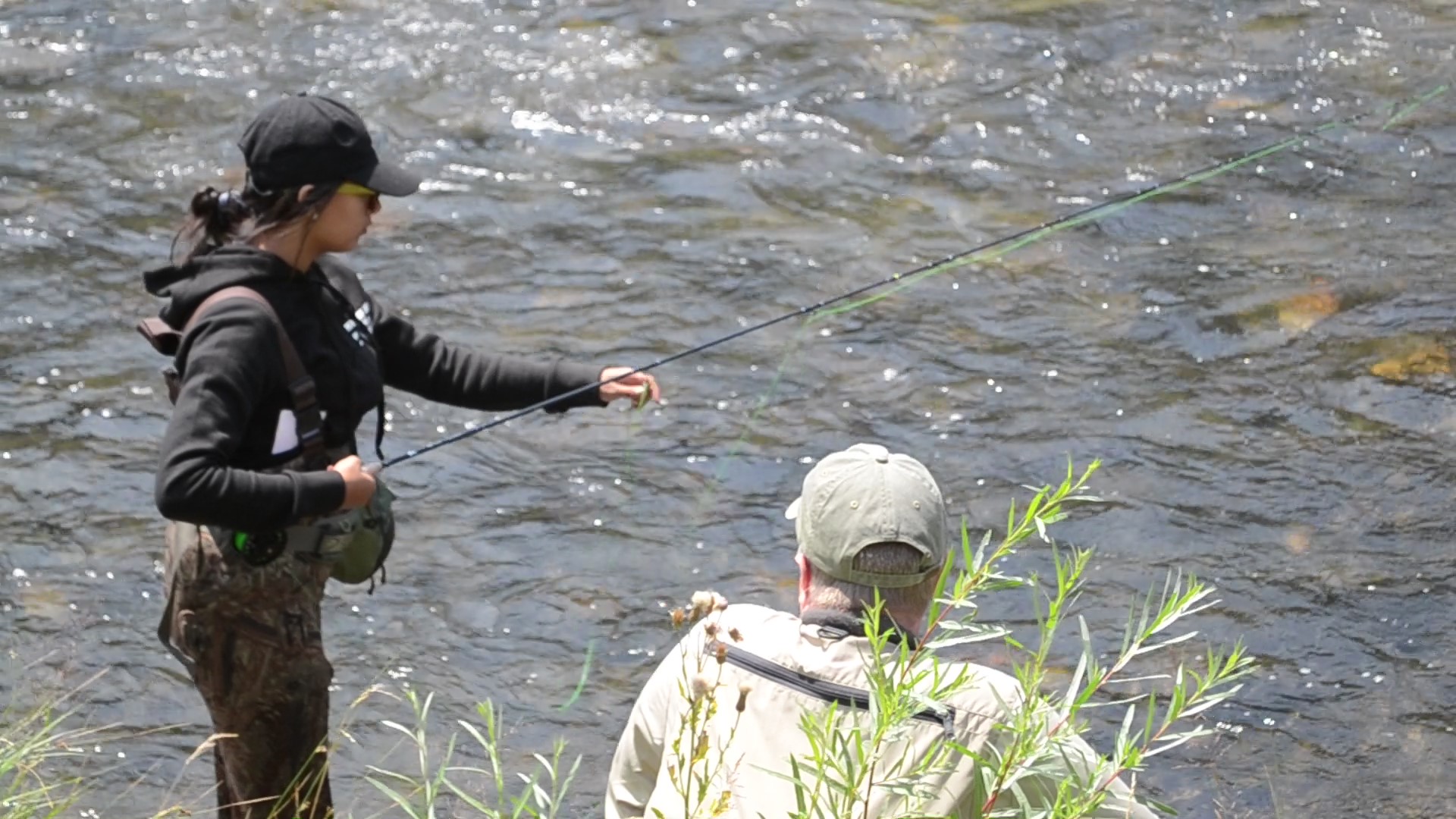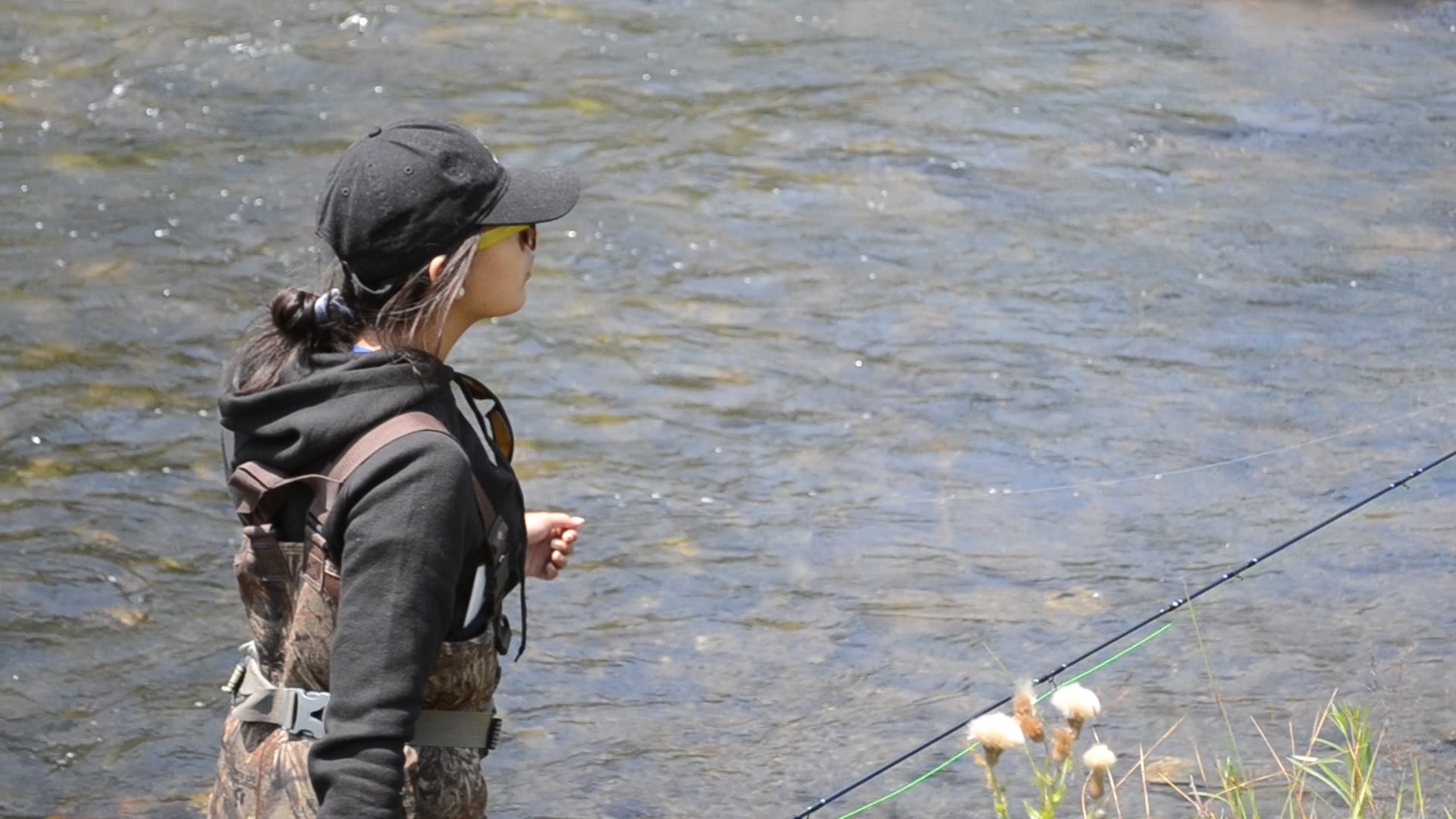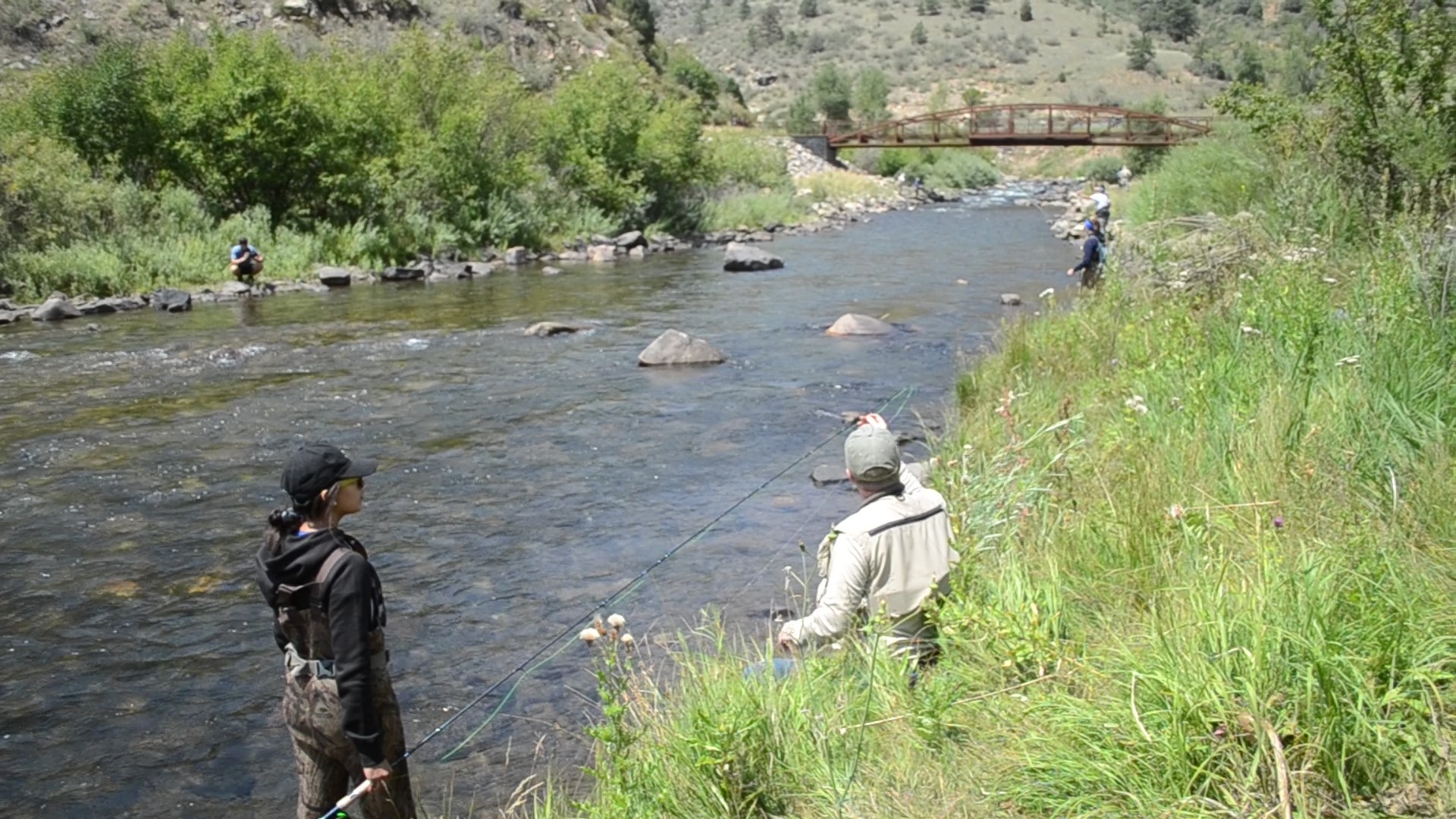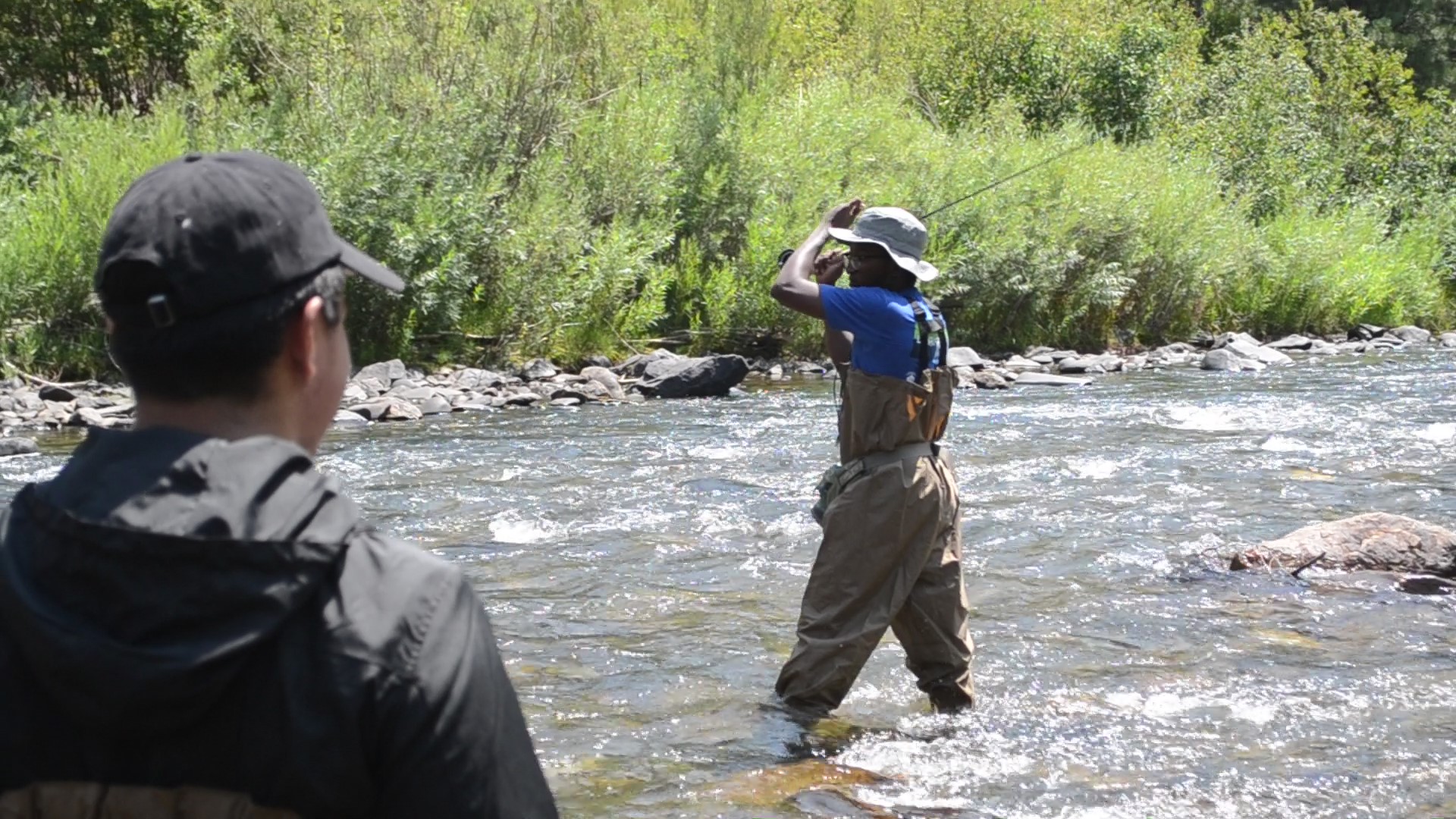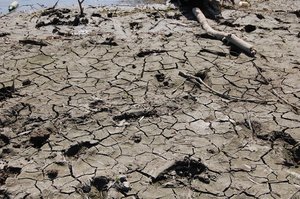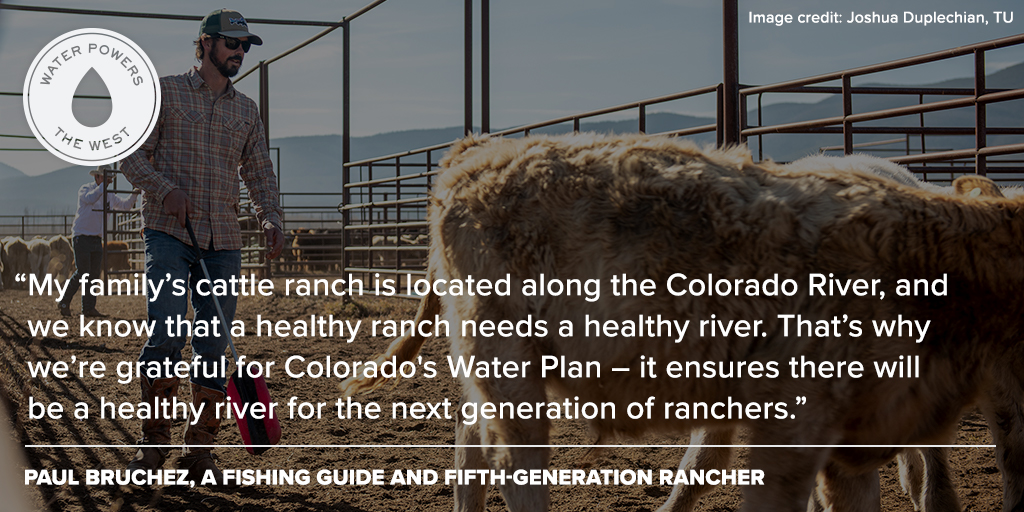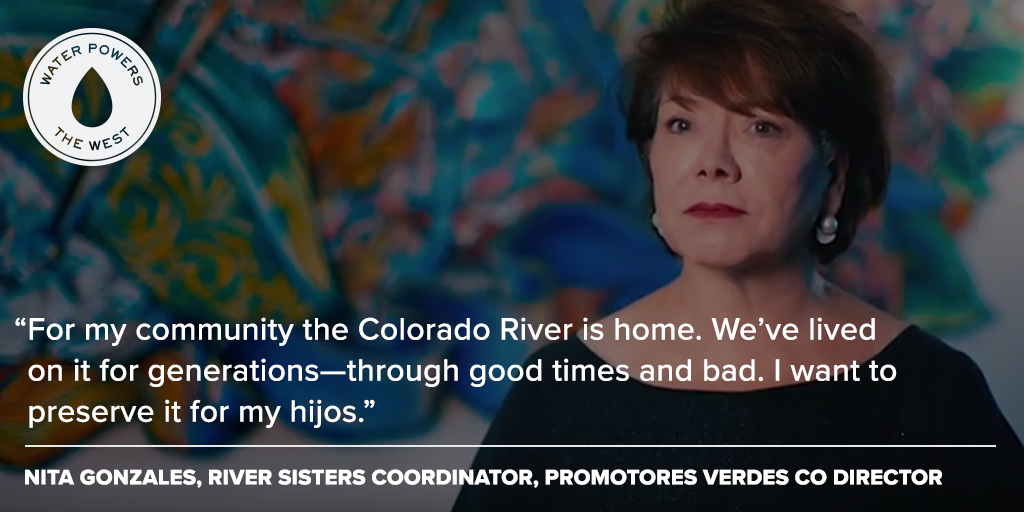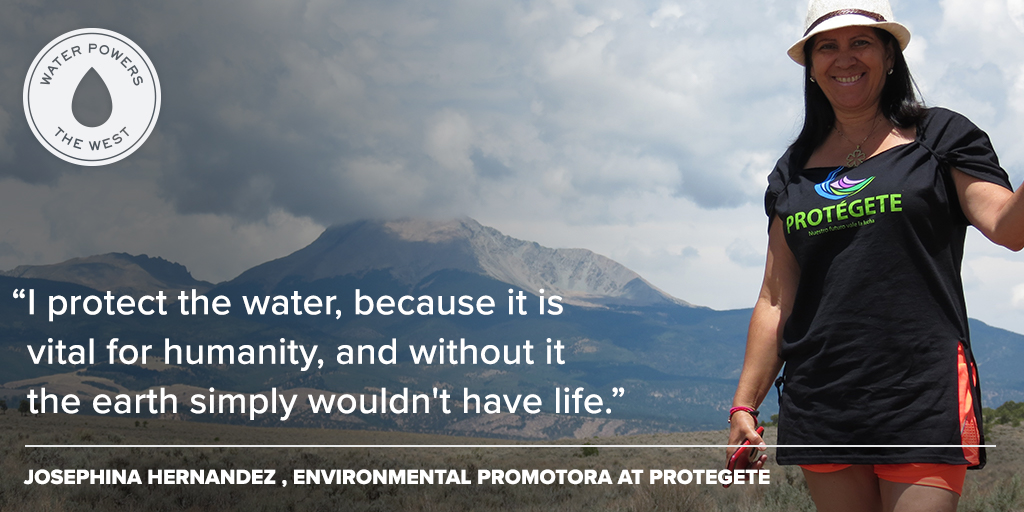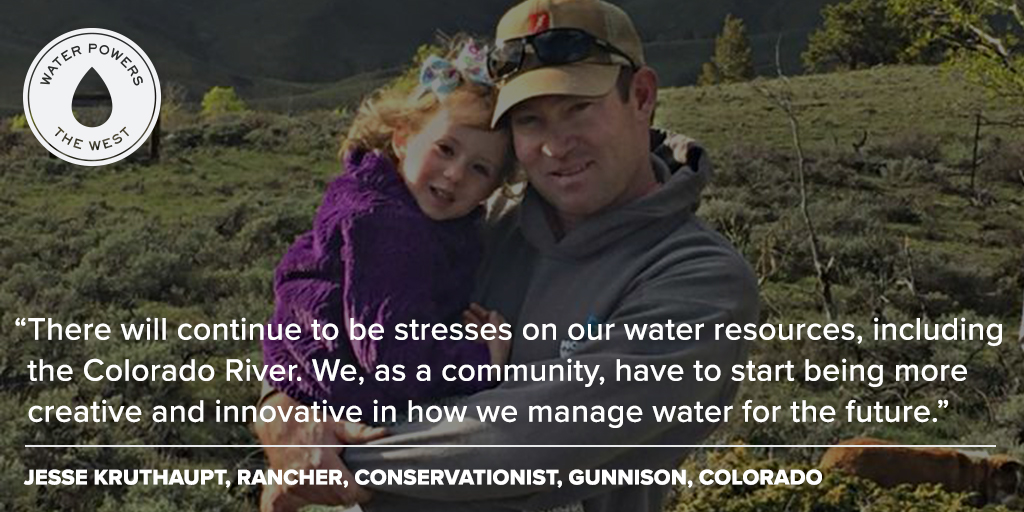Headwaters of the Roaring Fork River. Wikimedia Commons
Colorado Parks and Wildlife (CPW) has issued voluntary fishing closures across Colorado. This is in response to the low flows and high temperatures many of our rivers have been experiencing. When stressful conditions like these are present, trout are more likely to not survive after catch-and-release, even if done properly.
If you have not yet seen the warnings about fishing when the water temperatures are above 65 degrees, check out our Trout Thermometer to know when it's time to give the fish a break.
CPW will not legally enforce the voluntary closures, but simply ask anglers to plan on going earlier in the day or try other locations.
Voluntary Closures after 12pm
- Tomichi Creek at the Tomichi Creek State Wildlife Area and on the Animas River from 12pm -7pm
- Rio Grande River after 12pm
- Read more about some of the voluntary closures from Grand Junction's Daily Sentinel.
Voluntary Closures Between 2 p.m. and Midnight
Eagle River fm Wolcott downstream to its confluence with the Colorado River
Colorado River from State Bridge downstream to Rifle
Crystal River from Avalanche Creek downstream to its confluence with the Roaring Fork Rive
Roaring Fork River from Carbondale downstream to its confluence with the Colorado Rive
The north fork of White River at the National Forest boundary, through the main stem of the river to the County Road 5 bridge, downstream of the Rio Blanco Lake State Wildlife Area
The south fork of the White River from the National Forest boundary thorough the main stem of the river to the County Road 5 bridge, downstream of the Rio Blanco Lake State Wildlife Area
Fraser River from Grand County Road 8 in Fraser, downstream through the towns of Tabernash and Granby to confluence with the Colorado River near Windy Gap Reservoir
Colorado River from the confluence with the Fraser River near Windy ap Reservoir downstream to its confluence with the
Read the full voluntary fishing closures in Northwest Colorado press releas
Full-time Voluntary Closures
Closures NO LONGER in Effect
- A mandatory fishing closure in place at the tailwater of the Yampa River has been rescinded (see 7/19/18 news release).
CPW regularly updates their fishing conditions online here. So be sure to check before you head out on your fishing excursion.
Still need more information? Contact your local CPW office.










